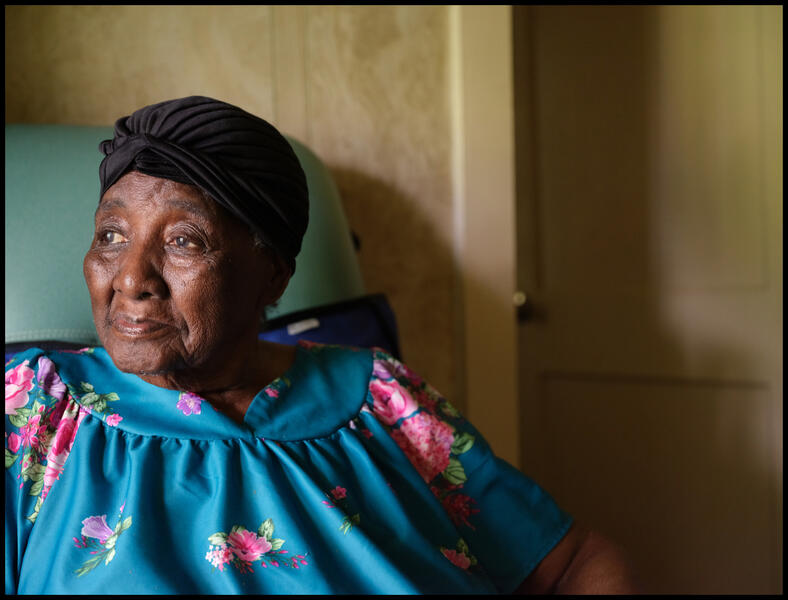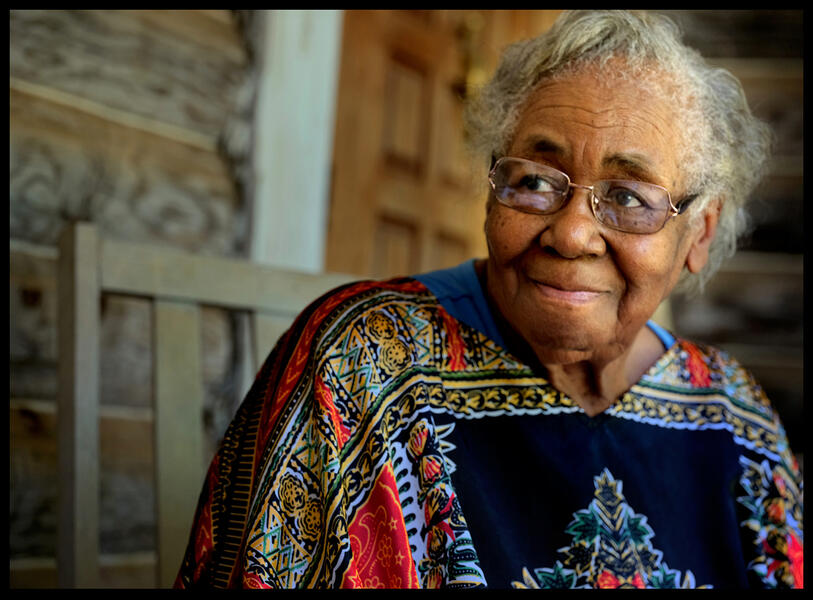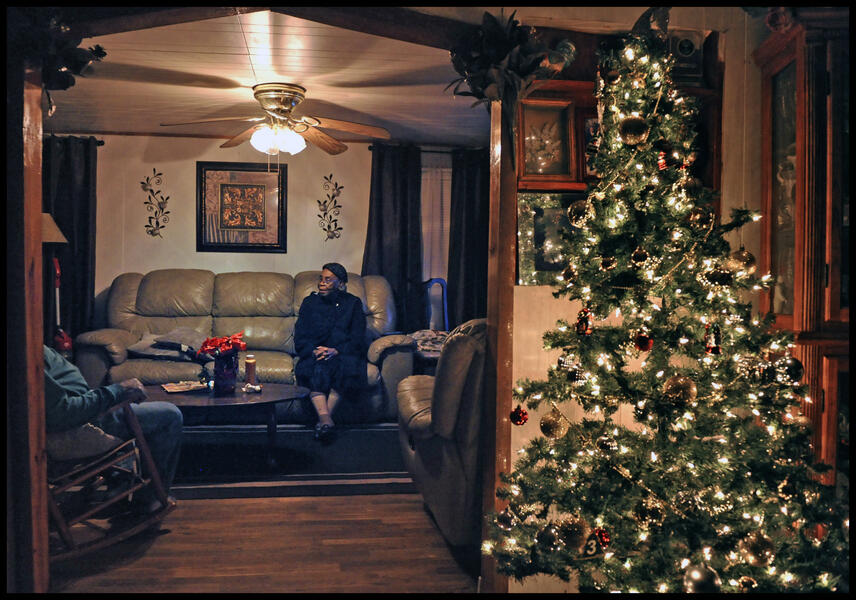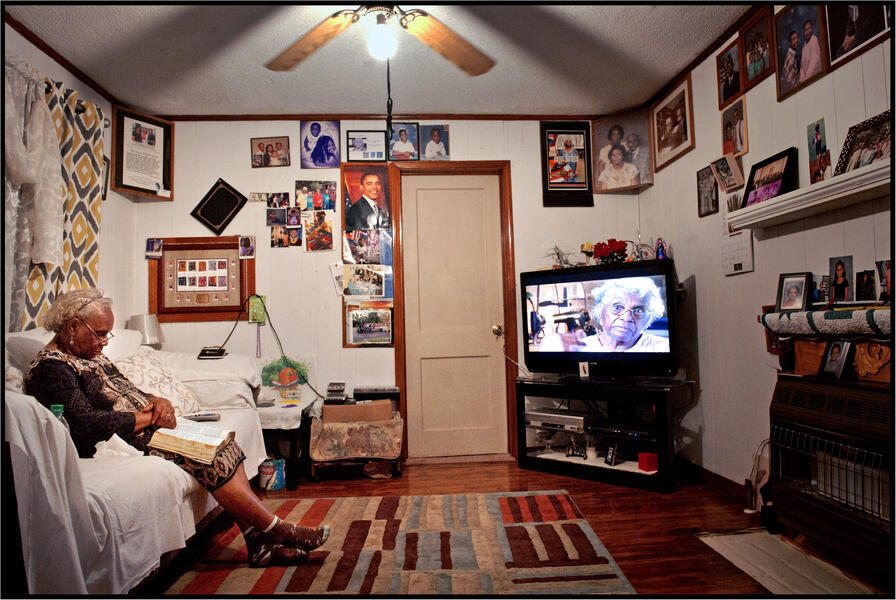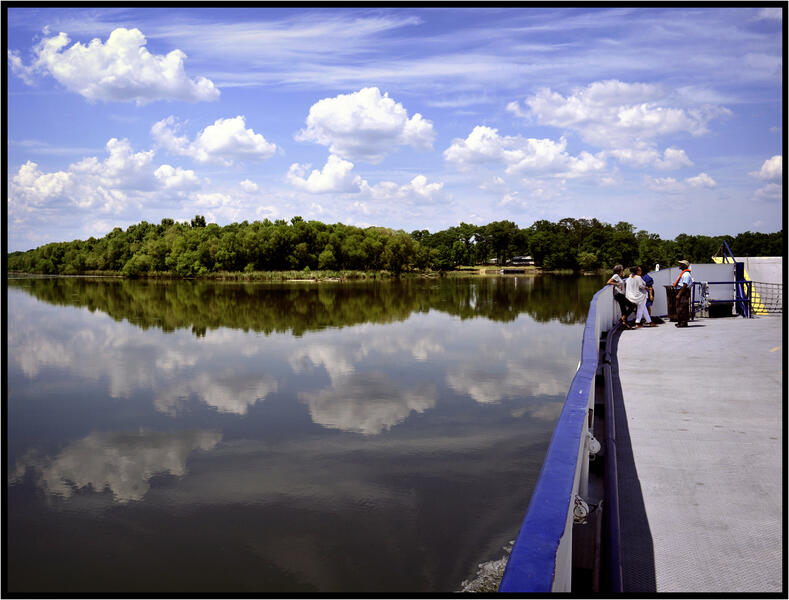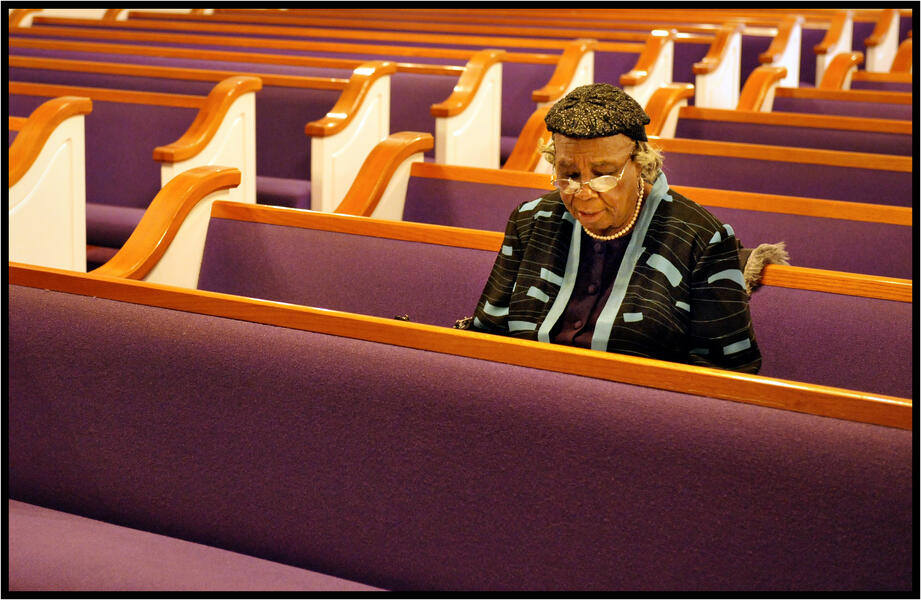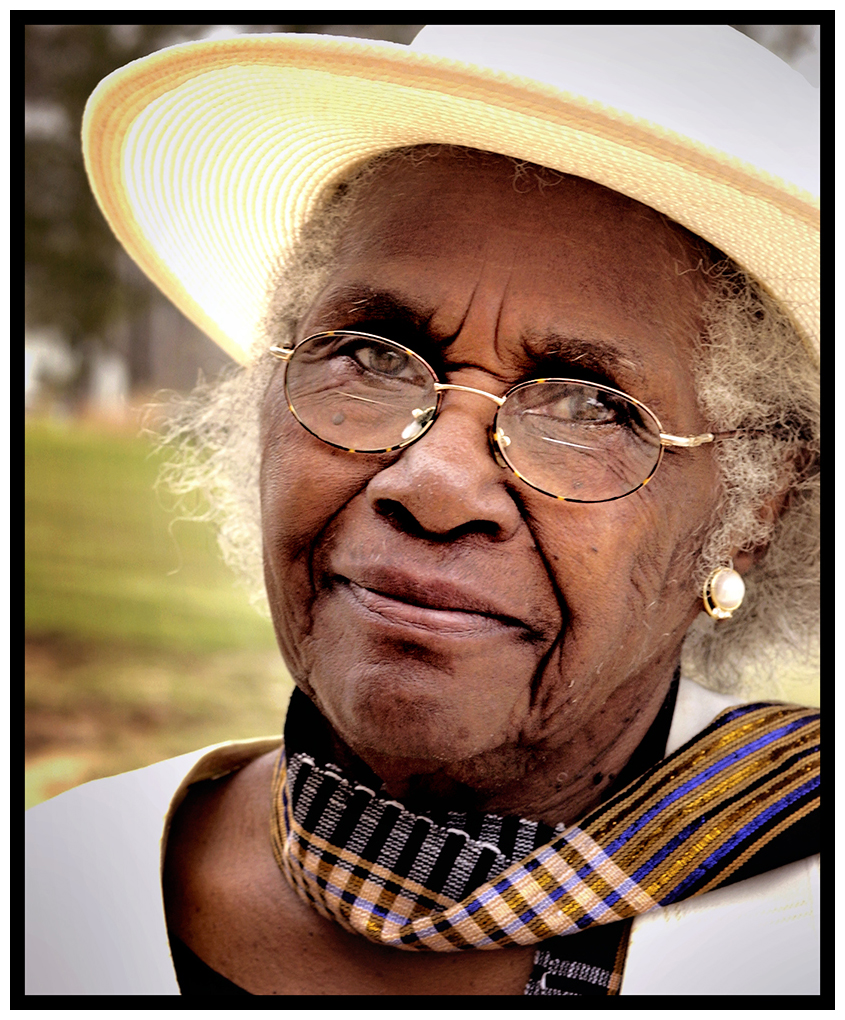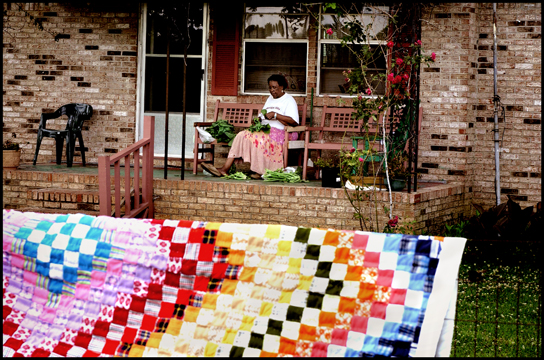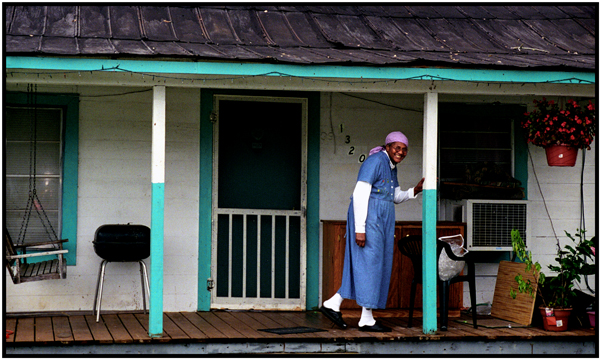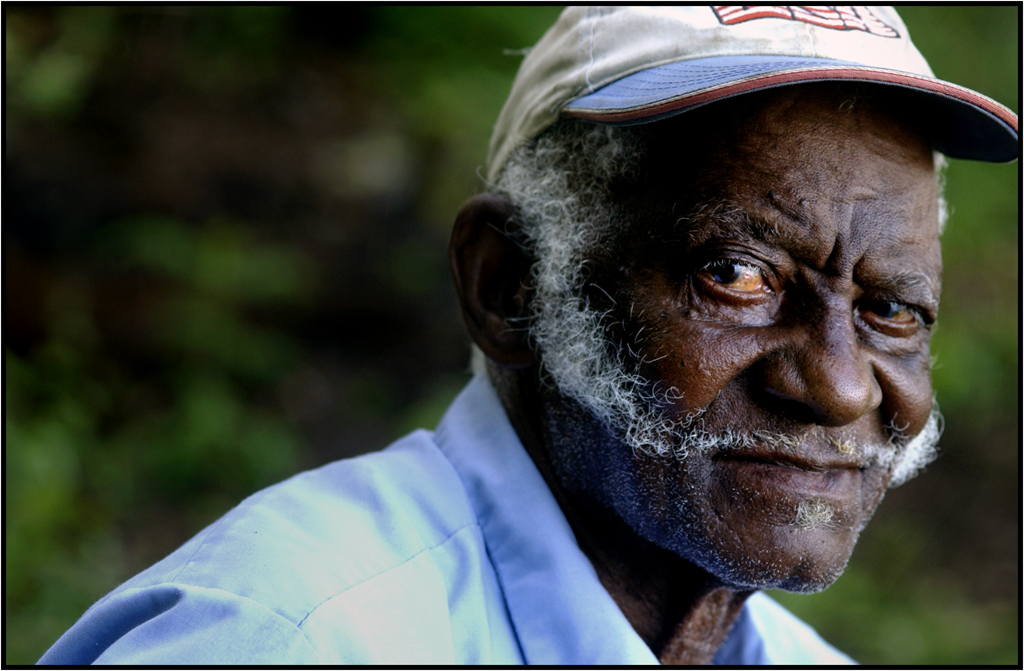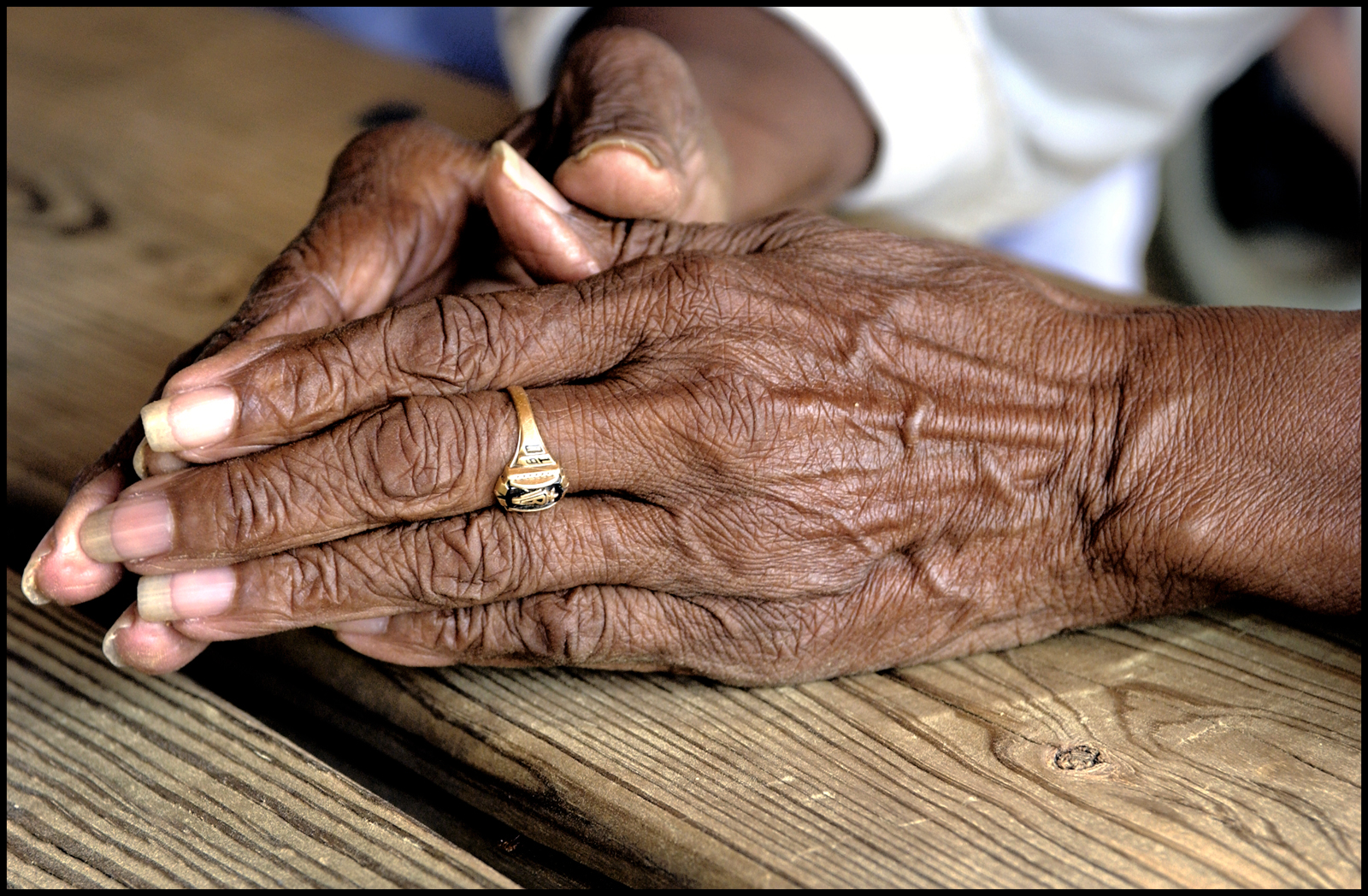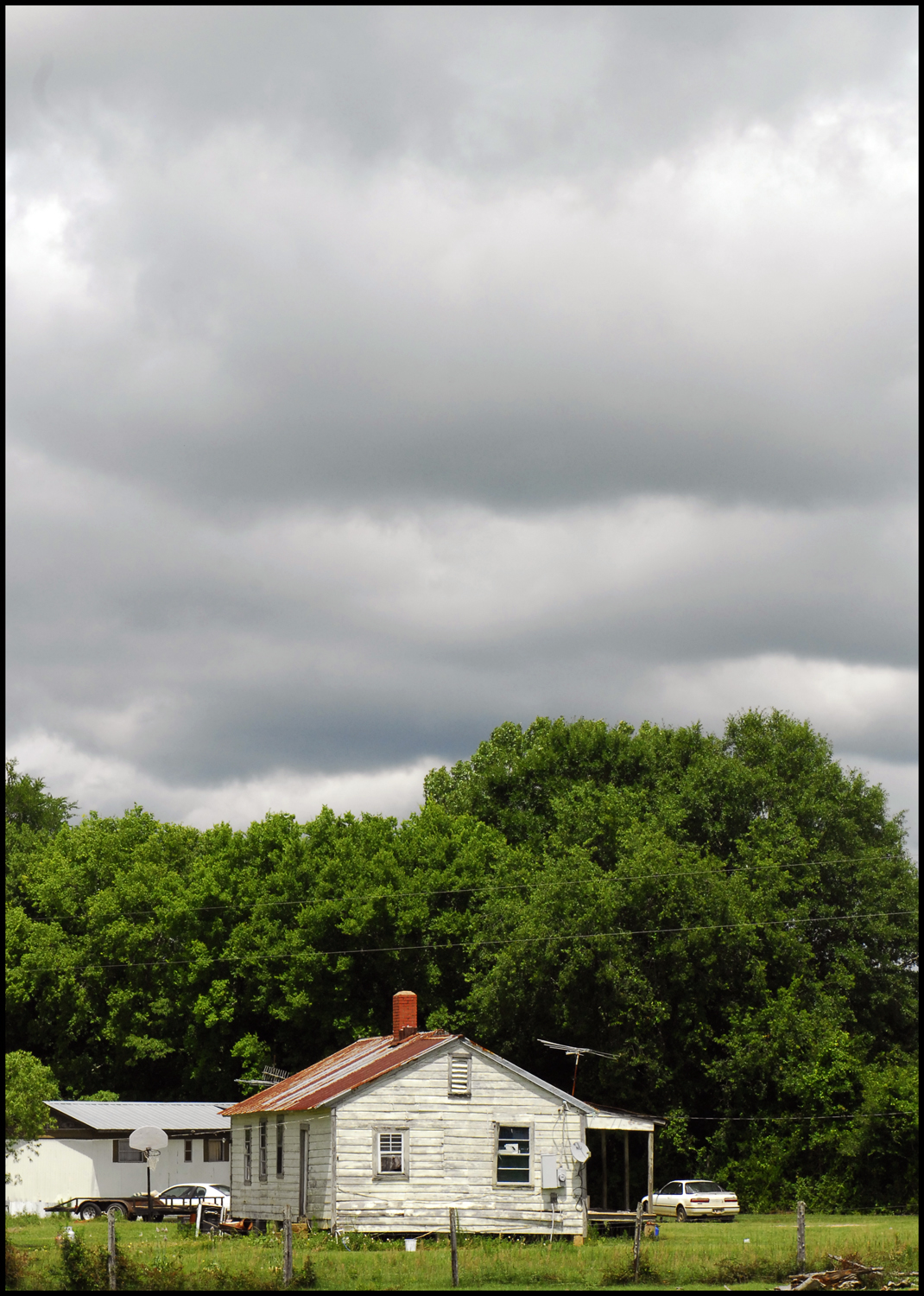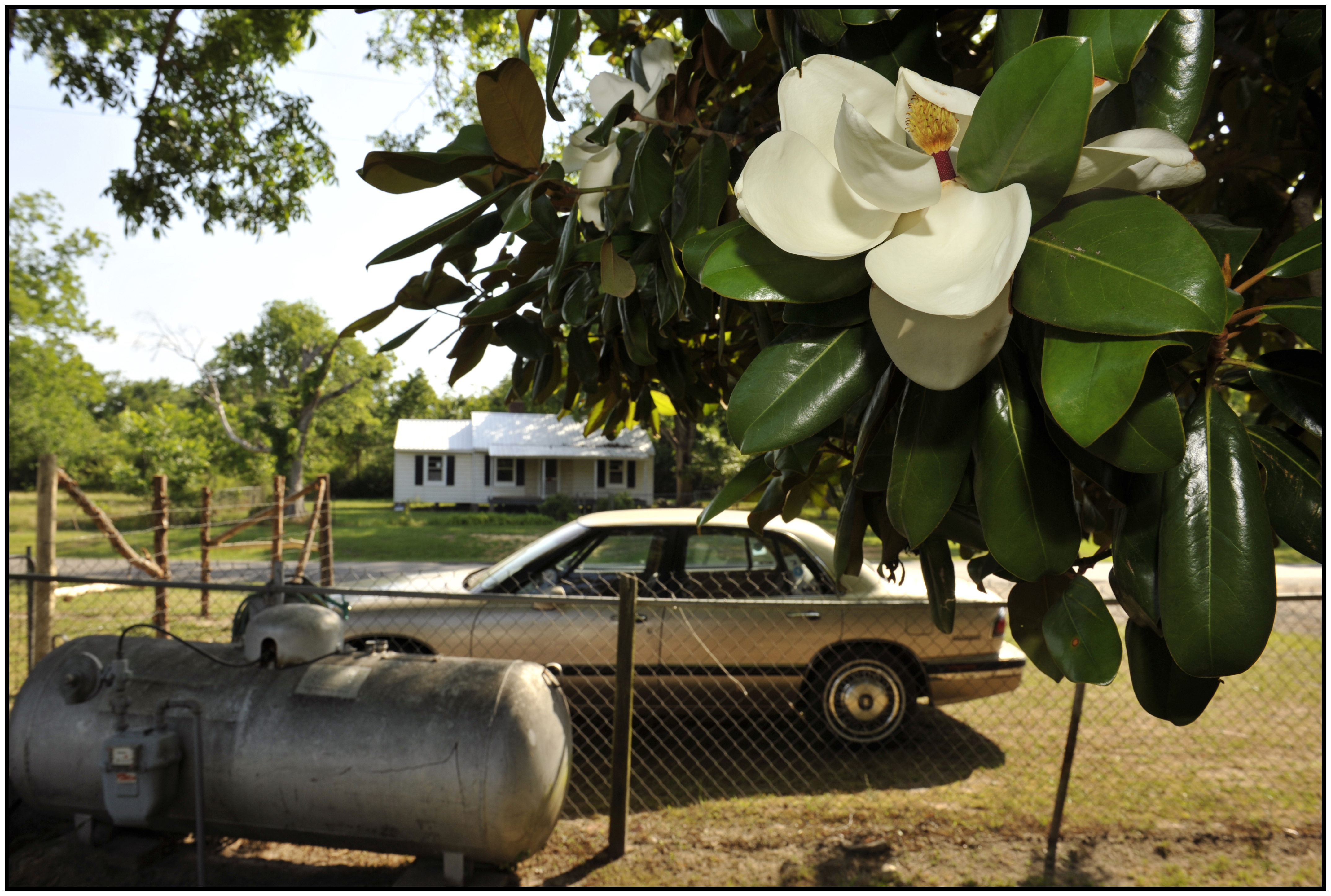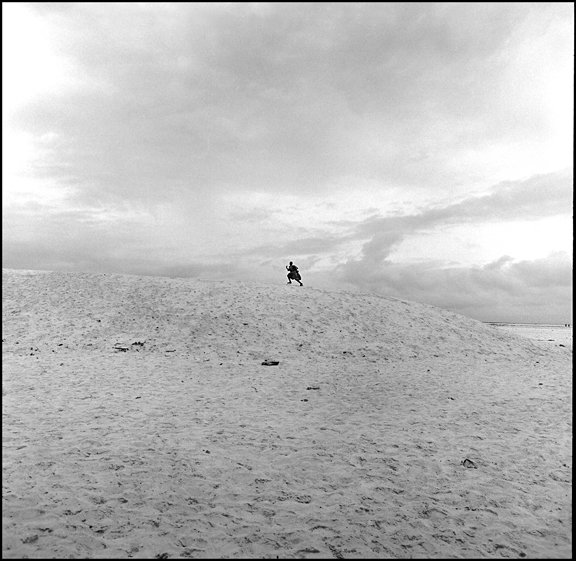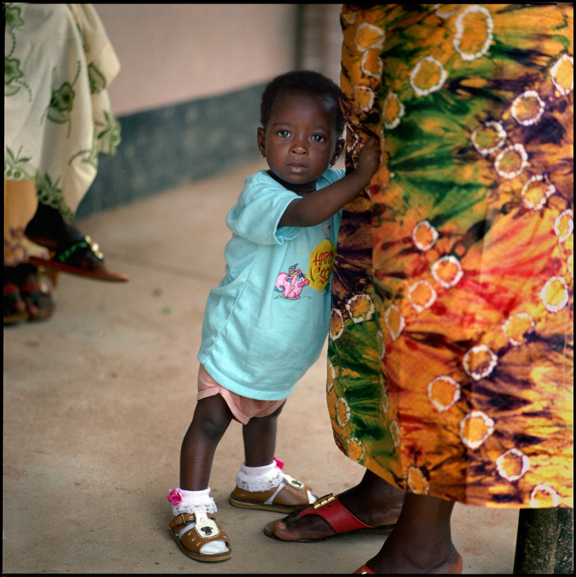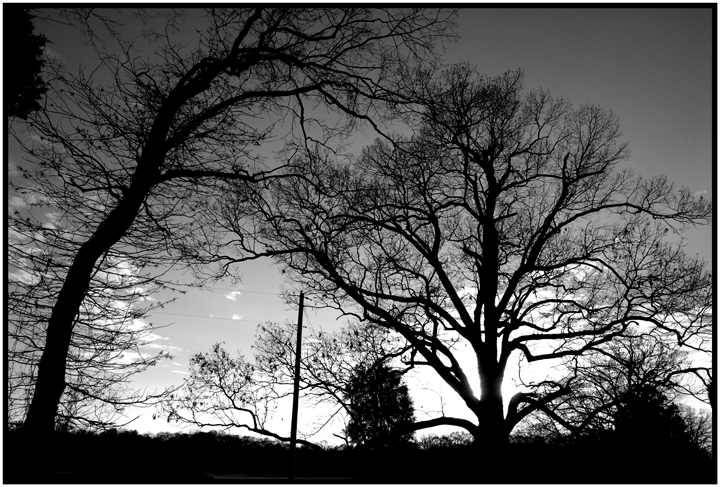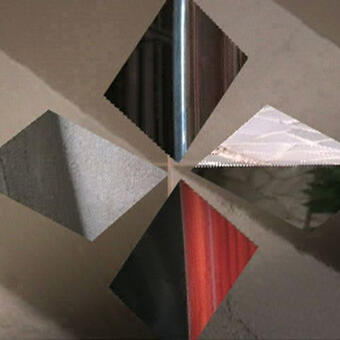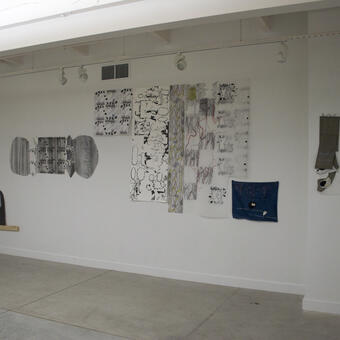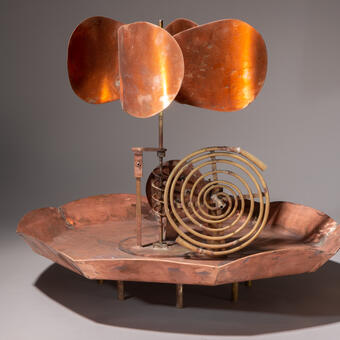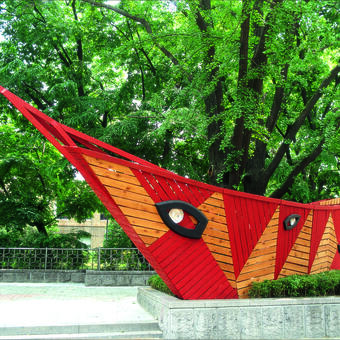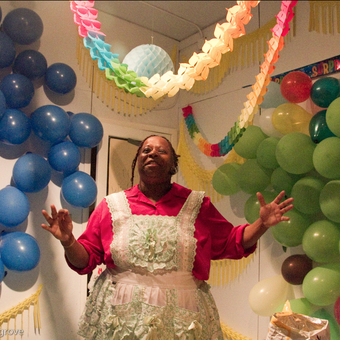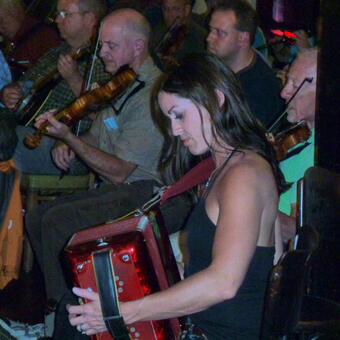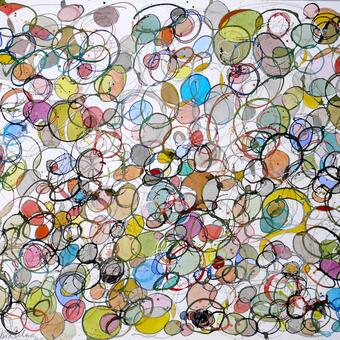About Linda
Linda Day Clark is a nationally exhibited visual artist and scholar. She uses the camera to get closer, to touch, relate and inform.
Ms. Day Clark earned an A.A. from Howard Community College, a B.F.A. from Maryland Institute College of Art, and a Masters of Fine Art from University of Delaware. She is currently a professor at Coppin State University.
Her current project, The Gee's Bend Photographs, has been featured in solo exhibitions at the Walters Art Museum and the… more
Ms. Day Clark earned an A.A. from Howard Community College, a B.F.A. from Maryland Institute College of Art, and a Masters of Fine Art from University of Delaware. She is currently a professor at Coppin State University.
Her current project, The Gee's Bend Photographs, has been featured in solo exhibitions at the Walters Art Museum and the… more
Jump to a project:
Twenty Year Photographic Series, The Photographs of Gee's Bend
The Gee's Bend Photographs
In 2002, as a freelancer, I was assigned by the New York Times to photograph the women of Gee's Bend Alabama for a story on their amazing quilts. Their quilt work had just broken the boundaries of craft, and soared into the realm of fine art with rave reviews. Of their Whitney Museum of American Art quilt exhibition, the New York Times wrote that the quilts, originally made for warmth, turn out to be some of the most miraculous works of modern art America has produced. The art critic went on to say that this maybe the last moment to record and celebrate what is one of the countries most idiosyncratic and vivid living art traditions. I agree, but I also see a much bigger, more culturally significant story. It's a compelling mix of the tragic, triumphant, and genius. These qualities have been acknowledged in their artwork, but I see it manifest in other significant and ways. So, in 2003, I went back on my own, stayed with the quilters and began to piece it together. Most of the people have lived there all their lives. They are proud landowners, born to the sharecroppers, born to the slaves, who originally inhabited the plantations of Gee's Bend. Generation after generation has stayed, and until now, few outsiders have moved in. This has helped to create a surprisingly complex and unique way of life. They have weathered slavery and can tell the story of the middle passage from first hand accounts of blood relatives. They survived the injustices of the sharecropping system, the perils of the depression, and the powerful racism that stranded them on the bend of the Alabama River.
82-year-old resident Arlonzia Pettway began to tell me about how she would sit on her grandmothers quilt and listen to the stories of her life as a slave. Arlonzia listened as her grandmother told her how she was captured, where she was held before being loaded onto the ship, how beautiful the distant ship looked, and how awful the journey was. Their history is priceless, and too soon may be lost to the world. The guardians of this treasure, Mrs. Pettway and her aging peers, are fading and the youth are moving away. I want to tell the story of the 200 years of unbroken human bond, the history, and future that's etched into their faces and personified in the land. I want to get to the lessons learned from quilt to quilt, their forced and chosen isolation, the seedling gentrification in this coveted oasis, the flip side of their new success, and their great spirit of wealth in one of the poorest communities in America. Their journey should be celebrated as an inextricable part of the nation's history and a prime example of humanity's resilience and ingenuity.
FSA photographers Arthur Rothstein and Marion Post Walcott both photographed this remote community in the 1930s. I hope to include some of their important images, allowing my images to culminate a decades long photographic survey of Gee's Bend.
All my projects are community oriented. My three major photographic series, North Avenue, (Baltimore Maryland), Nigeria (West Africa) and Gee's Bend, AL, all explore culture, identity, and humanity's awesome power of resilience. I find overwhelming joy in the challenge of creating images that illuminate and preserve ordinary lives. As with my ongoing visual survey of North Avenue, I plan to continue photographing Gee's Bend. I return each year for more of this important work.
82-year-old resident Arlonzia Pettway began to tell me about how she would sit on her grandmothers quilt and listen to the stories of her life as a slave. Arlonzia listened as her grandmother told her how she was captured, where she was held before being loaded onto the ship, how beautiful the distant ship looked, and how awful the journey was. Their history is priceless, and too soon may be lost to the world. The guardians of this treasure, Mrs. Pettway and her aging peers, are fading and the youth are moving away. I want to tell the story of the 200 years of unbroken human bond, the history, and future that's etched into their faces and personified in the land. I want to get to the lessons learned from quilt to quilt, their forced and chosen isolation, the seedling gentrification in this coveted oasis, the flip side of their new success, and their great spirit of wealth in one of the poorest communities in America. Their journey should be celebrated as an inextricable part of the nation's history and a prime example of humanity's resilience and ingenuity.
FSA photographers Arthur Rothstein and Marion Post Walcott both photographed this remote community in the 1930s. I hope to include some of their important images, allowing my images to culminate a decades long photographic survey of Gee's Bend.
All my projects are community oriented. My three major photographic series, North Avenue, (Baltimore Maryland), Nigeria (West Africa) and Gee's Bend, AL, all explore culture, identity, and humanity's awesome power of resilience. I find overwhelming joy in the challenge of creating images that illuminate and preserve ordinary lives. As with my ongoing visual survey of North Avenue, I plan to continue photographing Gee's Bend. I return each year for more of this important work.
-
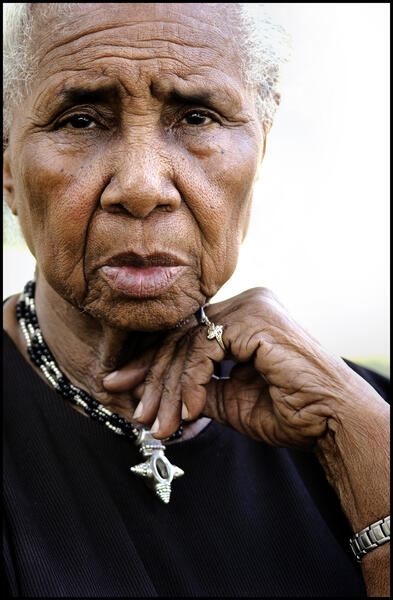 Arlonzia Pettway
Arlonzia Pettway -
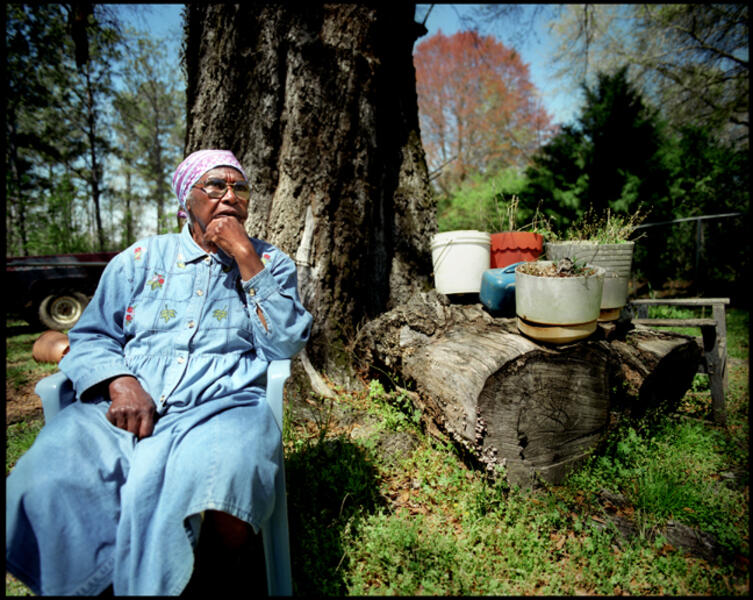 Gee's Bend, Image No. 15, Nettie YoungNettie Young, born 1917. Portrait shot in her yard in 2003.
Gee's Bend, Image No. 15, Nettie YoungNettie Young, born 1917. Portrait shot in her yard in 2003. -
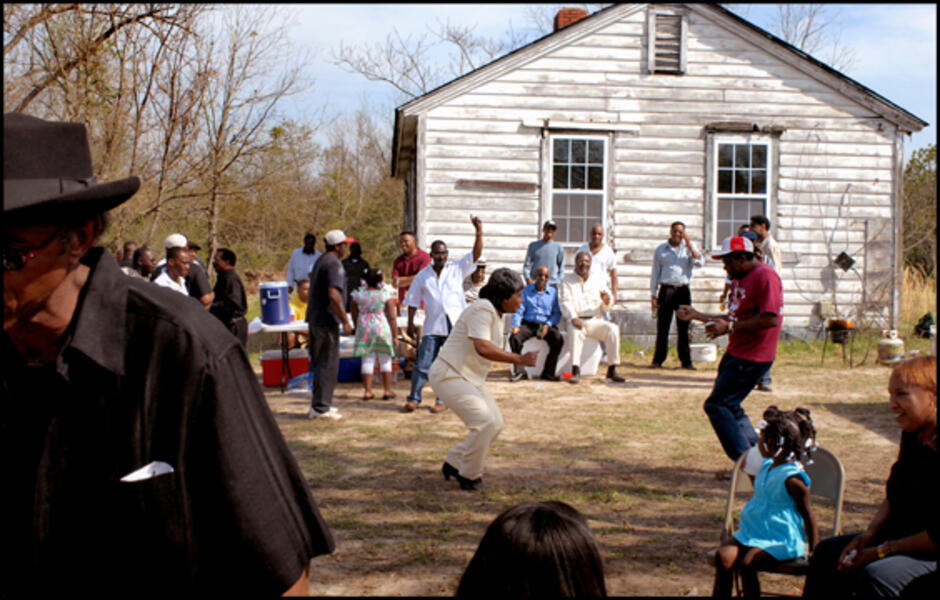 Gee's Bend, Image No. 84, Dancing at the WeddingQuilter, Arlonzia Pettways' son's wedding.
Gee's Bend, Image No. 84, Dancing at the WeddingQuilter, Arlonzia Pettways' son's wedding. -
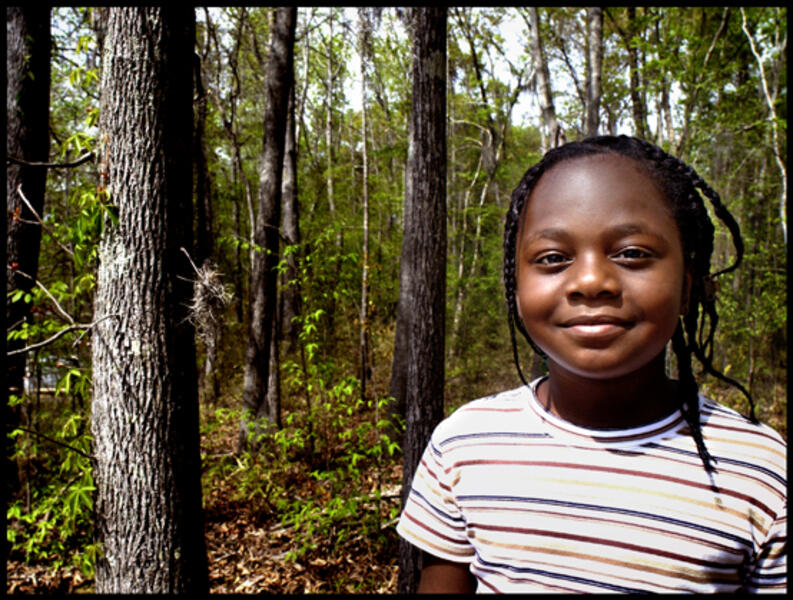 Gee's Bend, Image No. 48, Kristen PettwayKristen at Gee's Bend Church Picnic
Gee's Bend, Image No. 48, Kristen PettwayKristen at Gee's Bend Church Picnic -
 Gee's Bend, Image No. 35, Addie Pearl NicholsonAddie Pearl, airing out her quilt and preparing collard greens.
Gee's Bend, Image No. 35, Addie Pearl NicholsonAddie Pearl, airing out her quilt and preparing collard greens. -
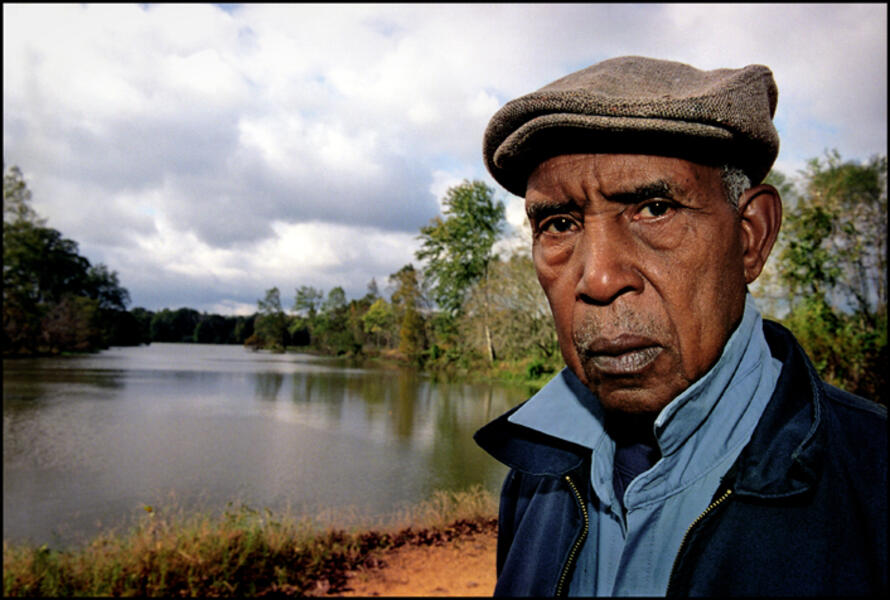 Gee' Bend, Image No. 19, Early PettwayQuilter, Arlonzia Pettway's brother, Early Pettway at Paradise Point.
Gee' Bend, Image No. 19, Early PettwayQuilter, Arlonzia Pettway's brother, Early Pettway at Paradise Point. -
 Gee's Bend, Image No. 4, Mary Lee BendolphMary Lee Bendolph, born 1935, quilting in her home.
Gee's Bend, Image No. 4, Mary Lee BendolphMary Lee Bendolph, born 1935, quilting in her home. -
 Gee's Bend, Image No. 8, Leola PettwayQuilter, Leola Pettway, born 1929. In this this portrait, she stand on her porch.
Gee's Bend, Image No. 8, Leola PettwayQuilter, Leola Pettway, born 1929. In this this portrait, she stand on her porch. -
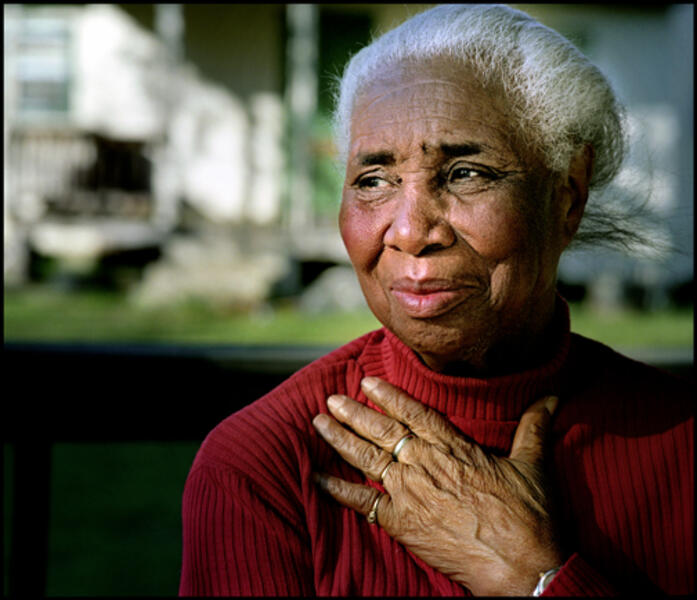 Gee's Bend, Image No. 1Quilter, Arlonzia Pettway, 1923-2008. This portrait, on her porch, was shot in 2003.
Gee's Bend, Image No. 1Quilter, Arlonzia Pettway, 1923-2008. This portrait, on her porch, was shot in 2003. -
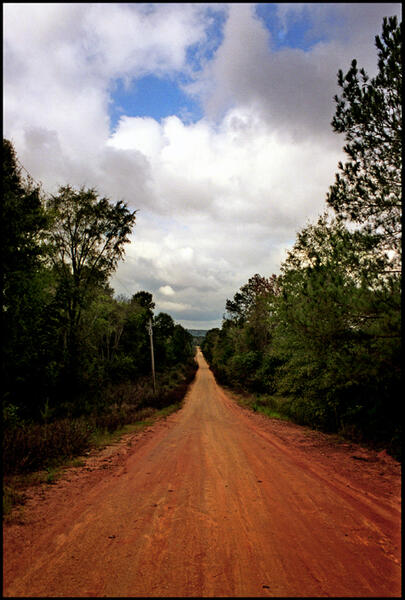 Gee's Bend, Image No. 26, The Road To ParadiseThe red clay road that leads to Paradise Point, Gee's Bend.
Gee's Bend, Image No. 26, The Road To ParadiseThe red clay road that leads to Paradise Point, Gee's Bend.
The Gee's Bend Photographs
In 2002, as a freelancer, I was assigned by the New York Times to photograph the women of Gee's Bend Alabama for a story on their amazing quilts. Their quilt work had just broken the boundaries of craft, and soared into the realm of fine art with rave reviews. Of their Whitney Museum of American Art quilt exhibition, the New York Times wrote that the quilts, originally made for warmth, turn out to be some of the most miraculous works of modern art America has produced. The art critic went on to say that this maybe the last moment to record and celebrate what is one of the countries most idiosyncratic and vivid living art traditions. I agree, but I also see a much bigger, more culturally significant story. It's a compelling mix of the tragic, triumphant, and genius. These qualities have been acknowledged in their artwork, but I see it manifest in other significant and ways. So, in 2003, I went back on my own, stayed with the quilters and began to piece it together. Most of the people have lived there all their lives. They are proud landowners, born to the sharecroppers, born to the slaves, who originally inhabited the plantations of Gee's Bend. Generation after generation has stayed, and until now, few outsiders have moved in. This has helped to create a surprisingly complex and unique way of life. They have weathered slavery and can tell the story of the middle passage from first hand accounts of blood relatives. They survived the injustices of the sharecropping system, the perils of the depression, and the powerful racism that stranded them on the bend of the Alabama River.
82-year-old resident Arlonzia Pettway began to tell me about how she would sit on her grandmothers quilt and listen to the stories of her life as a slave. Arlonzia listened as her grandmother told her how she was captured, where she was held before being loaded onto the ship, how beautiful the distant ship looked, and how awful the journey was. Their history is priceless, and too soon may be lost to the world. The guardians of this treasure, Mrs. Pettway and her aging peers, are fading and the youth are moving away. I want to tell the story of the 200 years of unbroken human bond, the history, and future that's etched into their faces and personified in the land. I want to get to the lessons learned from quilt to quilt, their forced and chosen isolation, the seedling gentrification in this coveted oasis, the flip side of their new success, and their great spirit of wealth in one of the poorest communities in America. Their journey should be celebrated as an inextricable part of the nation's history and a prime example of humanity's resilience and ingenuity.
FSA photographers Arthur Rothstein and Marion Post Walcott both photographed this remote community in the 1930s. I hope to include some of their important images, allowing my images to culminate a decades long photographic survey of Gee's Bend.
All my projects are community oriented. My three major photographic series, North Avenue, (Baltimore Maryland), Nigeria (West Africa) and Gee's Bend, AL, all explore culture, identity, and humanity's awesome power of resilience. I find overwhelming joy in the challenge of creating images that illuminate and preserve ordinary lives. As with my ongoing visual survey of North Avenue, I plan to continue photographing Gee's Bend. I return each year for more of this important work.
82-year-old resident Arlonzia Pettway began to tell me about how she would sit on her grandmothers quilt and listen to the stories of her life as a slave. Arlonzia listened as her grandmother told her how she was captured, where she was held before being loaded onto the ship, how beautiful the distant ship looked, and how awful the journey was. Their history is priceless, and too soon may be lost to the world. The guardians of this treasure, Mrs. Pettway and her aging peers, are fading and the youth are moving away. I want to tell the story of the 200 years of unbroken human bond, the history, and future that's etched into their faces and personified in the land. I want to get to the lessons learned from quilt to quilt, their forced and chosen isolation, the seedling gentrification in this coveted oasis, the flip side of their new success, and their great spirit of wealth in one of the poorest communities in America. Their journey should be celebrated as an inextricable part of the nation's history and a prime example of humanity's resilience and ingenuity.
FSA photographers Arthur Rothstein and Marion Post Walcott both photographed this remote community in the 1930s. I hope to include some of their important images, allowing my images to culminate a decades long photographic survey of Gee's Bend.
All my projects are community oriented. My three major photographic series, North Avenue, (Baltimore Maryland), Nigeria (West Africa) and Gee's Bend, AL, all explore culture, identity, and humanity's awesome power of resilience. I find overwhelming joy in the challenge of creating images that illuminate and preserve ordinary lives. As with my ongoing visual survey of North Avenue, I plan to continue photographing Gee's Bend. I return each year for more of this important work.
-
 Gee's Bend Image No.41, Daniel Nicholson
Gee's Bend Image No.41, Daniel Nicholson -
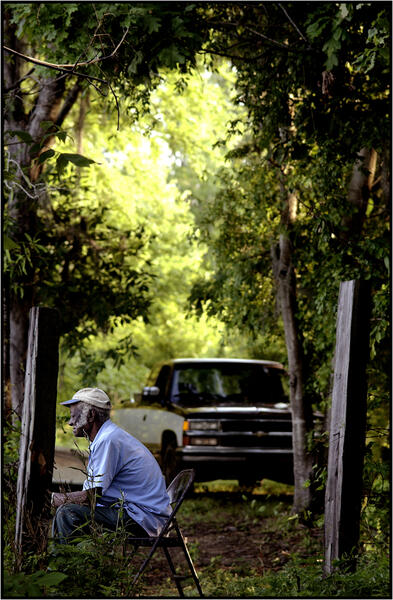 Gee's Bend Image No. 40, Daniel Nicholson
Gee's Bend Image No. 40, Daniel Nicholson -
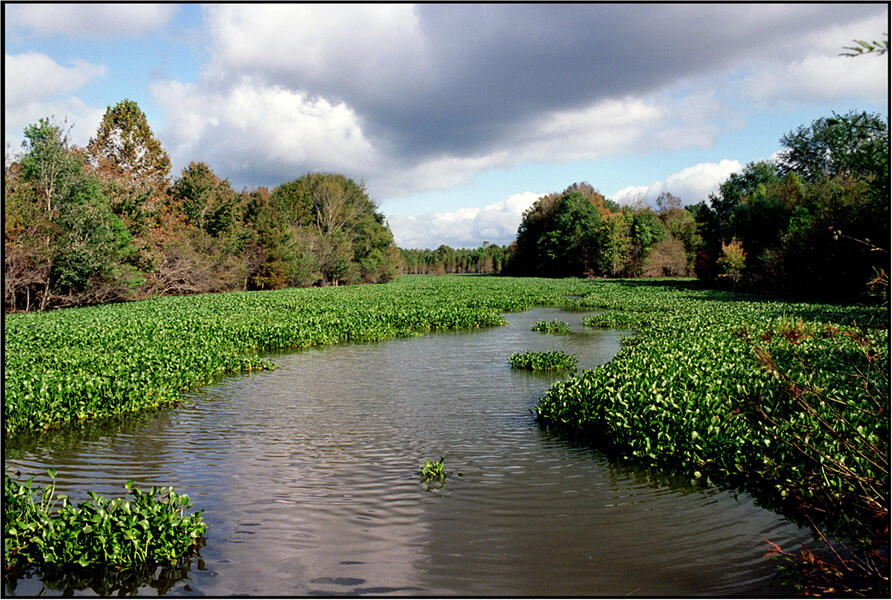 Gee's Bend Image No.20
Gee's Bend Image No.20 -
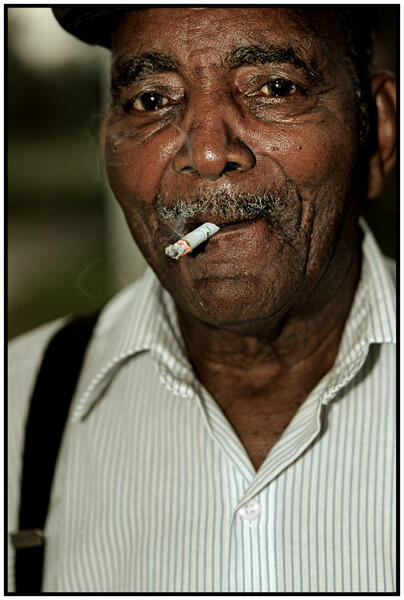 Gee's Bend, Sheriff Willie Quill
Gee's Bend, Sheriff Willie Quill -
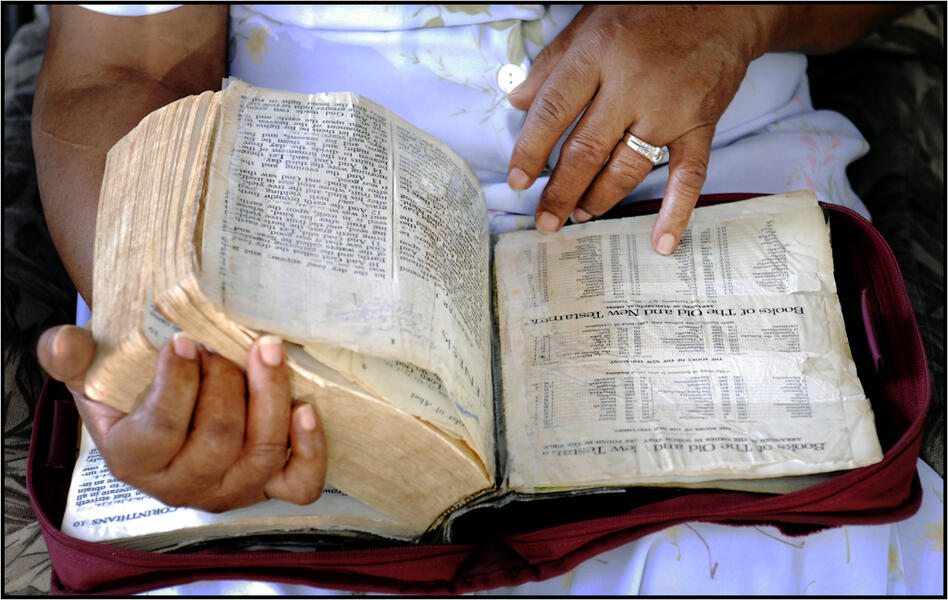 Gee's Bend, Mary Lee's Bible
Gee's Bend, Mary Lee's Bible -
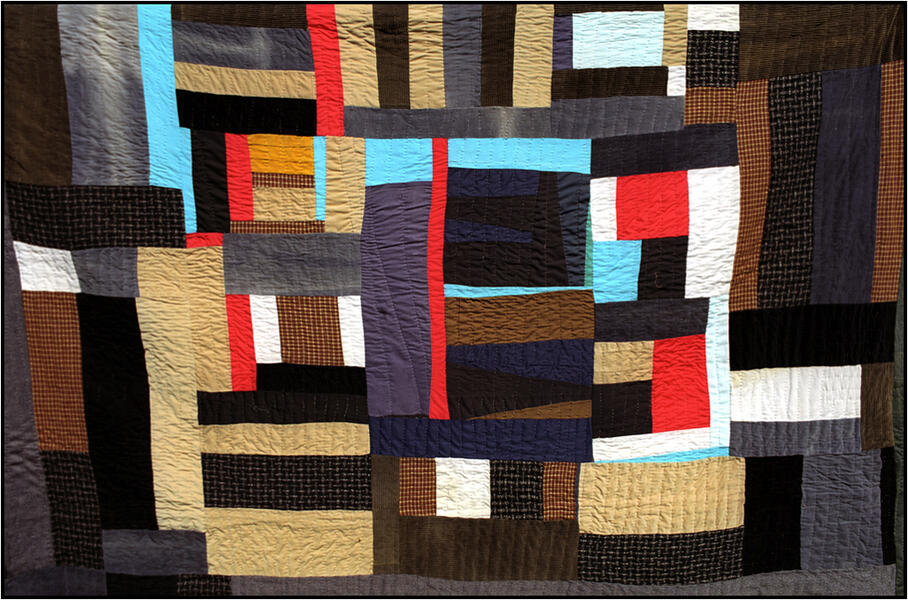 Gee’s Bend, Image No. 7, Mary Lee’s Quilt
Gee’s Bend, Image No. 7, Mary Lee’s Quilt -
 gees-bend-creolas-hands.jpgGee's Bend, Creola's Hands
gees-bend-creolas-hands.jpgGee's Bend, Creola's Hands -
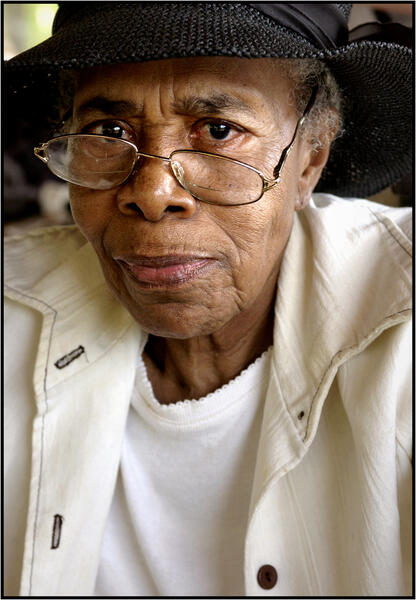 Gee’s Bend Image No. 34, Creola Pettway
Gee’s Bend Image No. 34, Creola Pettway -
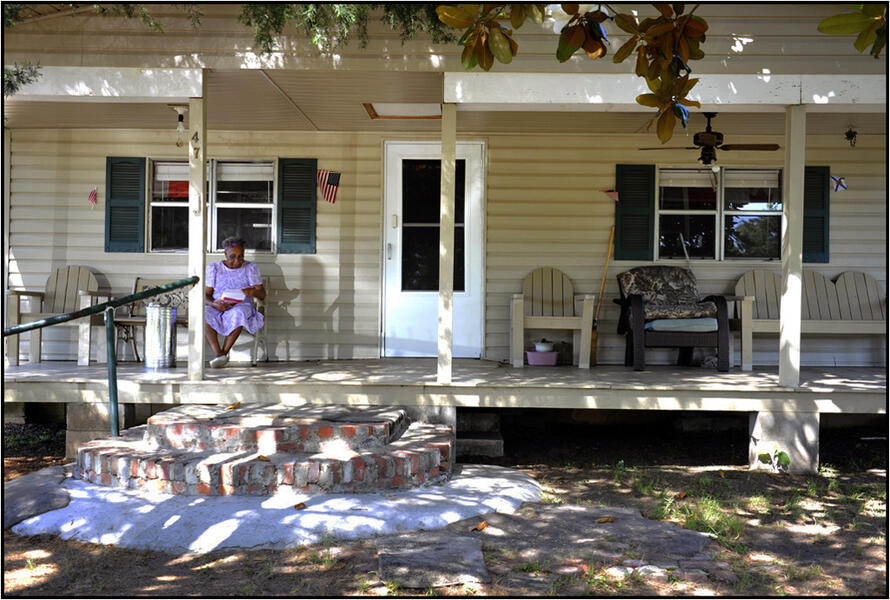 Gee's Bend Image No. 169, Mary Lee's Porch
Gee's Bend Image No. 169, Mary Lee's Porch -
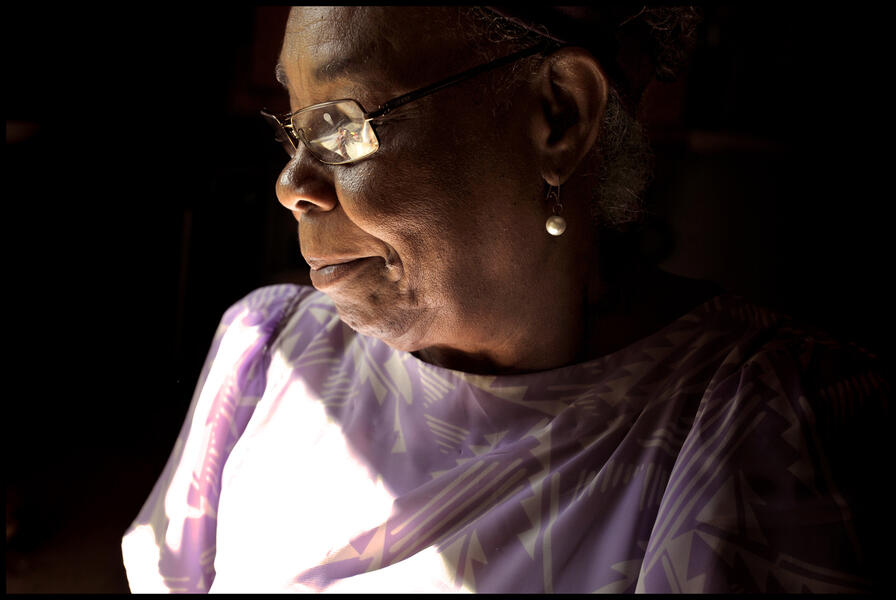 gees-bend-mary-lee.jpgGee's Bend, Mary Lee Bendolph
gees-bend-mary-lee.jpgGee's Bend, Mary Lee Bendolph
The Gee's Bend Photographs
In 2002, as a freelancer, I was assigned by the New York Times to photograph the women of Gee's Bend Alabama for a story on their amazing quilts. Their quilt work had just broken the boundaries of craft, and soared into the realm of fine art with rave reviews. Of their Whitney Museum of American Art quilt exhibition, the New York Times wrote that the quilts, originally made for warmth, turn out to be some of the most miraculous works of modern art America has produced. The art critic went on to say that this maybe the last moment to record and celebrate what is one of the countries most idiosyncratic and vivid living art traditions. I agree, but I also see a much bigger, more culturally significant story. It's a compelling mix of the tragic, triumphant, and genius. These qualities have been acknowledged in their artwork, but I see it manifest in other significant and ways. So, in 2003, I went back on my own, stayed with the quilters and began to piece it together. Most of the people have lived there all their lives. They are proud landowners, born to the sharecroppers, born to the slaves, who originally inhabited the plantations of Gee's Bend. Generation after generation has stayed, and until now, few outsiders have moved in. This has helped to create a surprisingly complex and unique way of life. They have weathered slavery and can tell the story of the middle passage from first hand accounts of blood relatives. They survived the injustices of the sharecropping system, the perils of the depression, and the powerful racism that stranded them on the bend of the Alabama River.
82-year-old resident Arlonzia Pettway began to tell me about how she would sit on her grandmothers quilt and listen to the stories of her life as a slave. Arlonzia listened as her grandmother told her how she was captured, where she was held before being loaded onto the ship, how beautiful the distant ship looked, and how awful the journey was. Their history is priceless, and too soon may be lost to the world. The guardians of this treasure, Mrs. Pettway and her aging peers, are fading and the youth are moving away. I want to tell the story of the 200 years of unbroken human bond, the history, and future that's etched into their faces and personified in the land. I want to get to the lessons learned from quilt to quilt, their forced and chosen isolation, the seedling gentrification in this coveted oasis, the flip side of their new success, and their great spirit of wealth in one of the poorest communities in America. Their journey should be celebrated as an inextricable part of the nation's history and a prime example of humanity's resilience and ingenuity.
FSA photographers Arthur Rothstein and Marion Post Walcott both photographed this remote community in the 1930s. I hope to include some of their important images, allowing my images to culminate a decades long photographic survey of Gee's Bend.
All my projects are community oriented. My three major photographic series, North Avenue, (Baltimore Maryland), Nigeria (West Africa) and Gee's Bend, AL, all explore culture, identity, and humanity's awesome power of resilience. I find overwhelming joy in the challenge of creating images that illuminate and preserve ordinary lives. As with my ongoing visual survey of North Avenue, I plan to continue photographing Gee's Bend. I return each year for more of this important work.
82-year-old resident Arlonzia Pettway began to tell me about how she would sit on her grandmothers quilt and listen to the stories of her life as a slave. Arlonzia listened as her grandmother told her how she was captured, where she was held before being loaded onto the ship, how beautiful the distant ship looked, and how awful the journey was. Their history is priceless, and too soon may be lost to the world. The guardians of this treasure, Mrs. Pettway and her aging peers, are fading and the youth are moving away. I want to tell the story of the 200 years of unbroken human bond, the history, and future that's etched into their faces and personified in the land. I want to get to the lessons learned from quilt to quilt, their forced and chosen isolation, the seedling gentrification in this coveted oasis, the flip side of their new success, and their great spirit of wealth in one of the poorest communities in America. Their journey should be celebrated as an inextricable part of the nation's history and a prime example of humanity's resilience and ingenuity.
FSA photographers Arthur Rothstein and Marion Post Walcott both photographed this remote community in the 1930s. I hope to include some of their important images, allowing my images to culminate a decades long photographic survey of Gee's Bend.
All my projects are community oriented. My three major photographic series, North Avenue, (Baltimore Maryland), Nigeria (West Africa) and Gee's Bend, AL, all explore culture, identity, and humanity's awesome power of resilience. I find overwhelming joy in the challenge of creating images that illuminate and preserve ordinary lives. As with my ongoing visual survey of North Avenue, I plan to continue photographing Gee's Bend. I return each year for more of this important work.
-
 gees-bend-visiting.jpgMary Lee, Visiting
gees-bend-visiting.jpgMary Lee, Visiting -
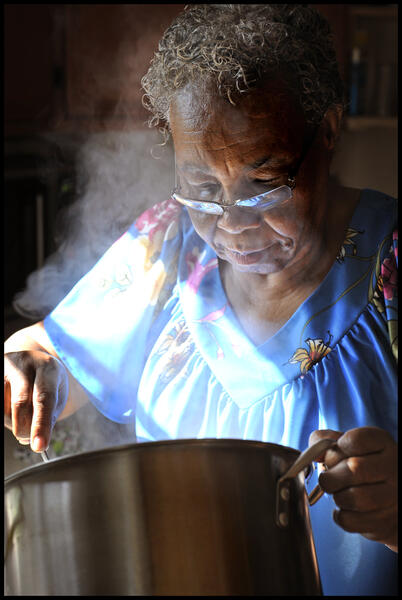 gees-bend-image-noo-158.jpgGee's Bend, Mary Lee, Collard Greens
gees-bend-image-noo-158.jpgGee's Bend, Mary Lee, Collard Greens -
 gees-bend-reverend-pettway.jpgRev. Pettway, Yee Shall Know the Truth Baptist Church
gees-bend-reverend-pettway.jpgRev. Pettway, Yee Shall Know the Truth Baptist Church -
 gees-bend-storm-clouds.jpgGee's Bend, Storm Clouds
gees-bend-storm-clouds.jpgGee's Bend, Storm Clouds -
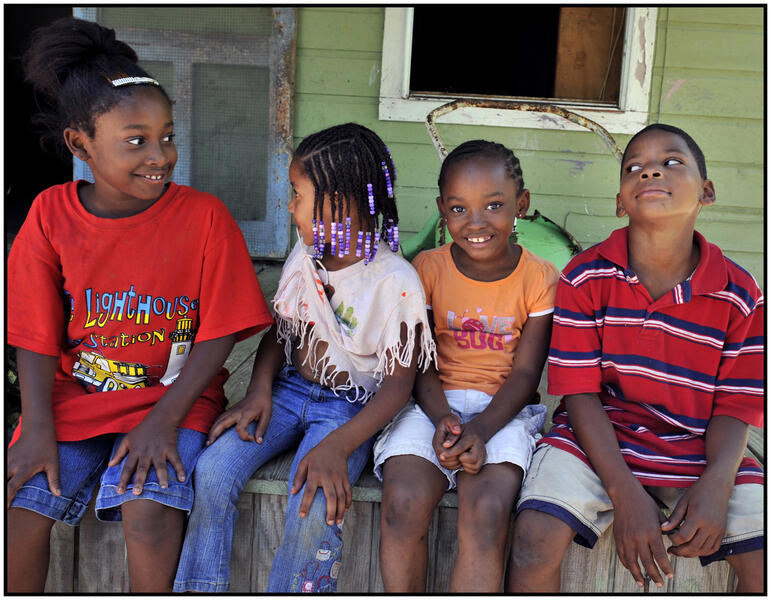 gees-bend-image-no150.jpgGee's Bend, Cousins
gees-bend-image-no150.jpgGee's Bend, Cousins -
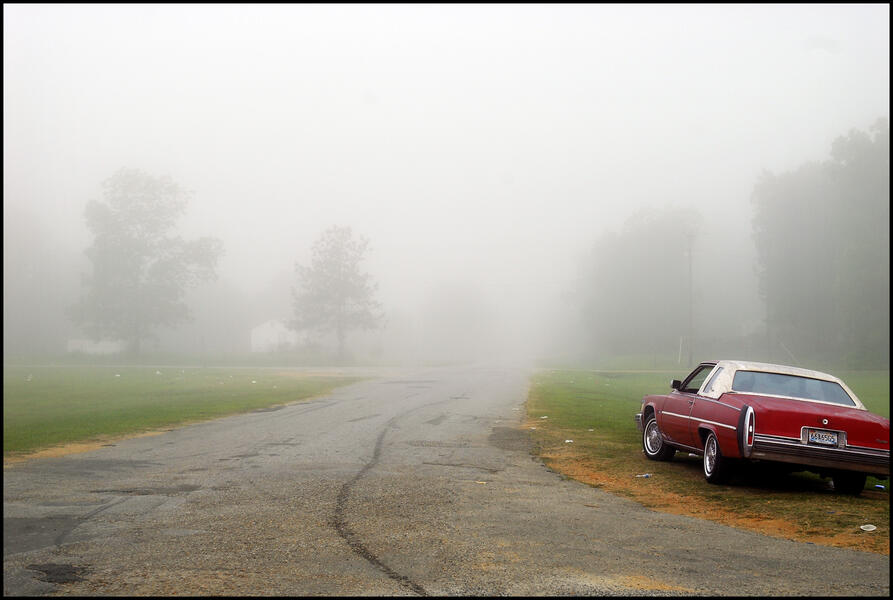 gees-bend-morning-fog.jpgGee's Bend, Morning Fog
gees-bend-morning-fog.jpgGee's Bend, Morning Fog -
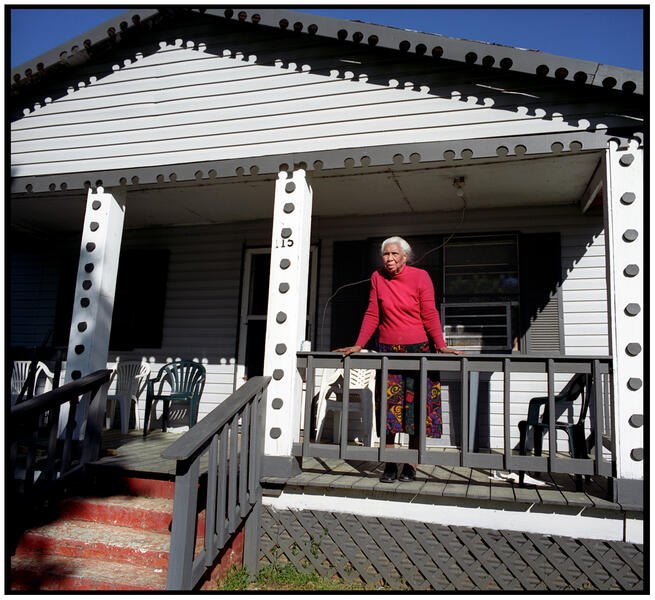 gees-bend-image-no10-arlozia-pettway.jpgGee's Bend, Arlonzia Pettway on Her Porch
gees-bend-image-no10-arlozia-pettway.jpgGee's Bend, Arlonzia Pettway on Her Porch -
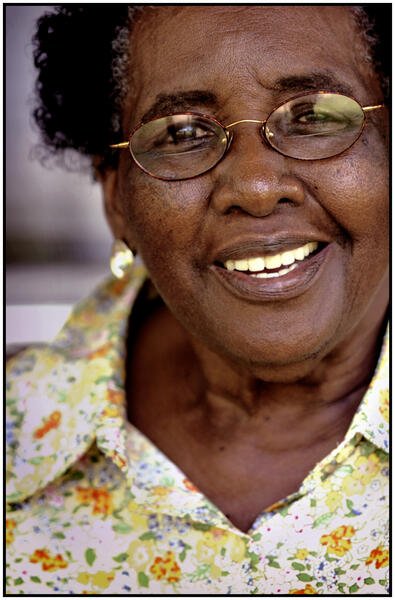 gees-bend-image-no36-addie-pearl-nicholson.jpgGee's Bend, Addie Pearl Nicholson
gees-bend-image-no36-addie-pearl-nicholson.jpgGee's Bend, Addie Pearl Nicholson -
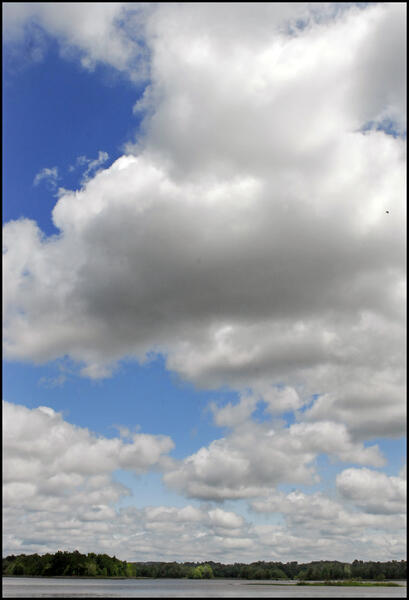 alabam-river-sky.jpgBig Sky, Alabama River
alabam-river-sky.jpgBig Sky, Alabama River -
 From Mary Lee's Porch, Magnolia Blossoms
From Mary Lee's Porch, Magnolia Blossoms
North Avenue
North Avenue
For two decades I've photographed Baltimore Maryland's North Avenue. I continue to photograph this vital community. It is where I live. North Avenue is a major thoroughfare and the main street of my impoverished, black, working class, neighborhood. I began shooting there in my first semester at Maryland Institute. I would go out in the early evening after classes and on weekends around 3:00 p.m. and walk North Avenue until dark. Fall is an especially wonderful time to photograph North Avenue in the setting sun. The air is brisk and clear. The low sun is flaming yellows and reds that beautifully model the black skin of the strangers I photograph. I loved the warm light and long shadows. On this busy thoroughfare where everyone is trying to get to and from without incident, I would interrupt. I sought eye-to-eye contact. I wanted to touch and relate. I was out to portray something other than the media blasts of crime, violence and death. It was wonderful to experience encounter after encounter. The North Avenue Series depicts my emotional response to those interactions. Most often they celebrate trust. They are straight on, face-to-face, eye-to-eye introductions that break the bounds of personal space and express the connection discovered in the fleeting encounter. The resulting hundreds of images are a portrait of the people of North Avenue and the essence of people worldwide.
For two decades I've photographed Baltimore Maryland's North Avenue. I continue to photograph this vital community. It is where I live. North Avenue is a major thoroughfare and the main street of my impoverished, black, working class, neighborhood. I began shooting there in my first semester at Maryland Institute. I would go out in the early evening after classes and on weekends around 3:00 p.m. and walk North Avenue until dark. Fall is an especially wonderful time to photograph North Avenue in the setting sun. The air is brisk and clear. The low sun is flaming yellows and reds that beautifully model the black skin of the strangers I photograph. I loved the warm light and long shadows. On this busy thoroughfare where everyone is trying to get to and from without incident, I would interrupt. I sought eye-to-eye contact. I wanted to touch and relate. I was out to portray something other than the media blasts of crime, violence and death. It was wonderful to experience encounter after encounter. The North Avenue Series depicts my emotional response to those interactions. Most often they celebrate trust. They are straight on, face-to-face, eye-to-eye introductions that break the bounds of personal space and express the connection discovered in the fleeting encounter. The resulting hundreds of images are a portrait of the people of North Avenue and the essence of people worldwide.
-
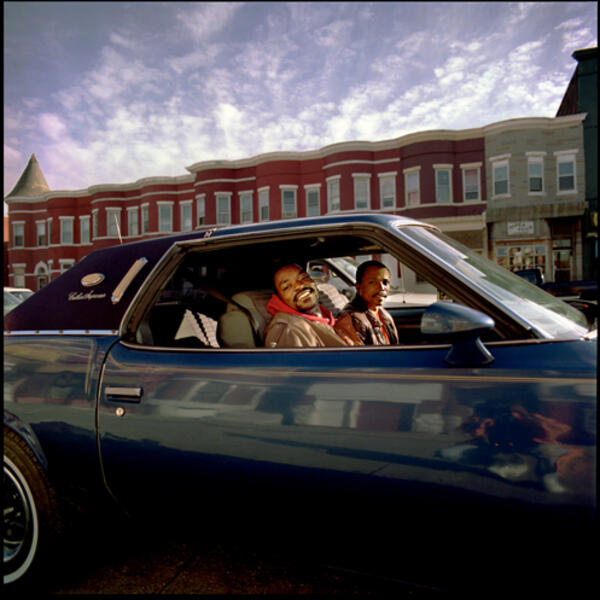 North Avenue, Image No. 116, 2002
North Avenue, Image No. 116, 2002 -
 North Avenue, Image No. 6, 1991
North Avenue, Image No. 6, 1991 -
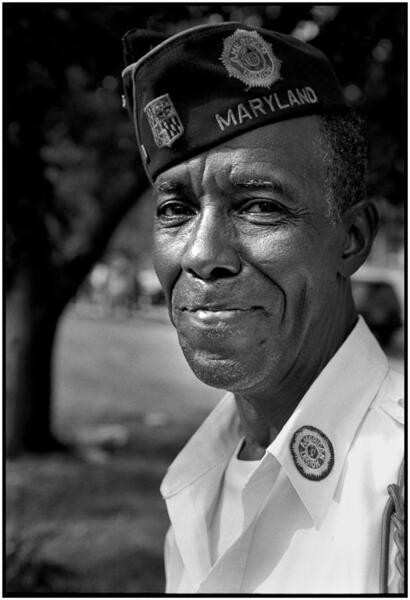 North Avenue, Image No. 100, 1995
North Avenue, Image No. 100, 1995 -
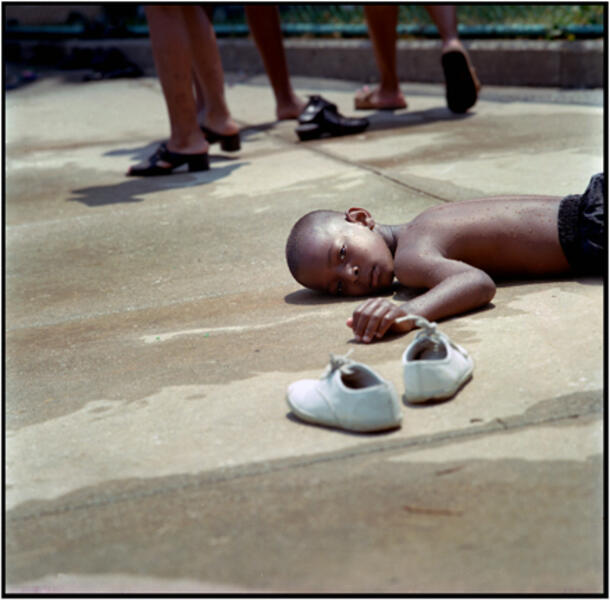 North Avenue, Image No. 64, 1995
North Avenue, Image No. 64, 1995 -
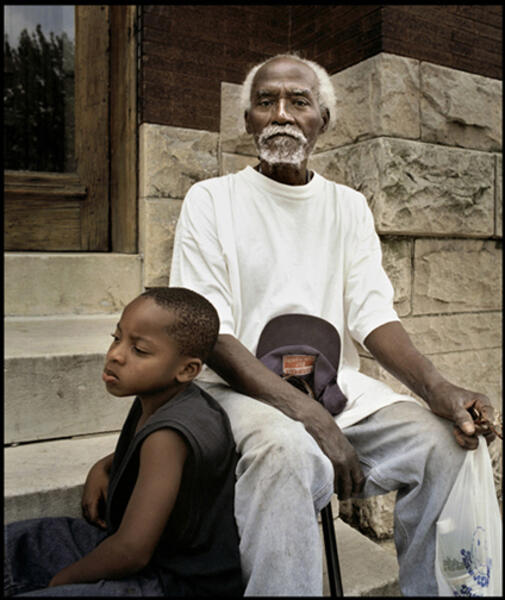 North Avenue, Image No. 111, 2002
North Avenue, Image No. 111, 2002 -
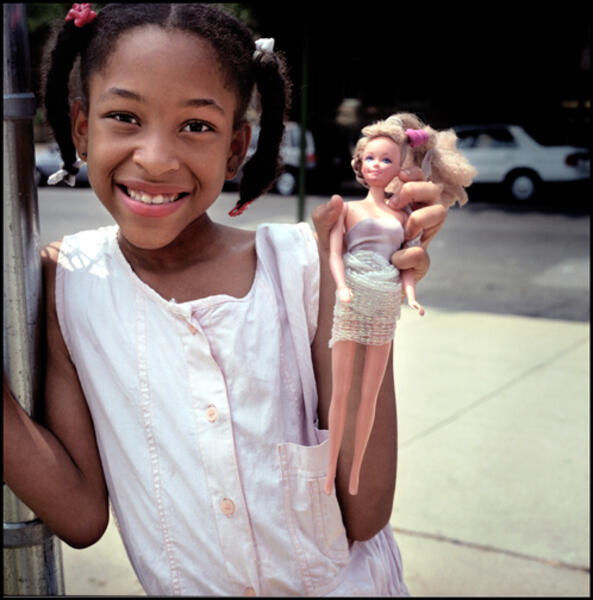 North Avenue, Image No. 24, 1993
North Avenue, Image No. 24, 1993 -
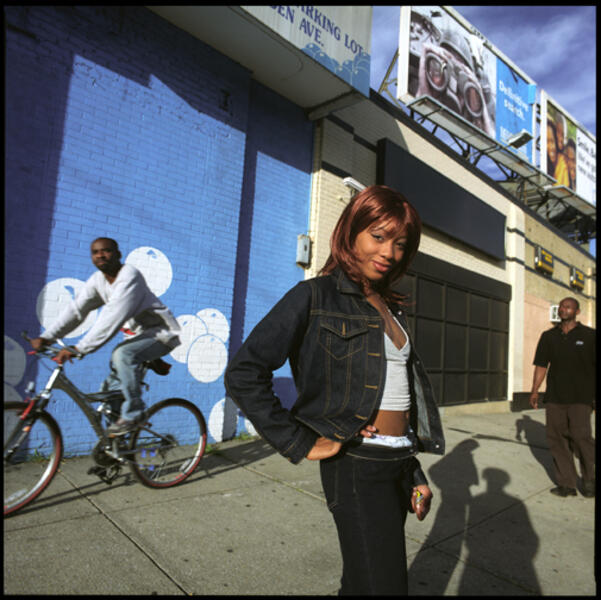 North Avenue, Image No. 217, 2004
North Avenue, Image No. 217, 2004 -
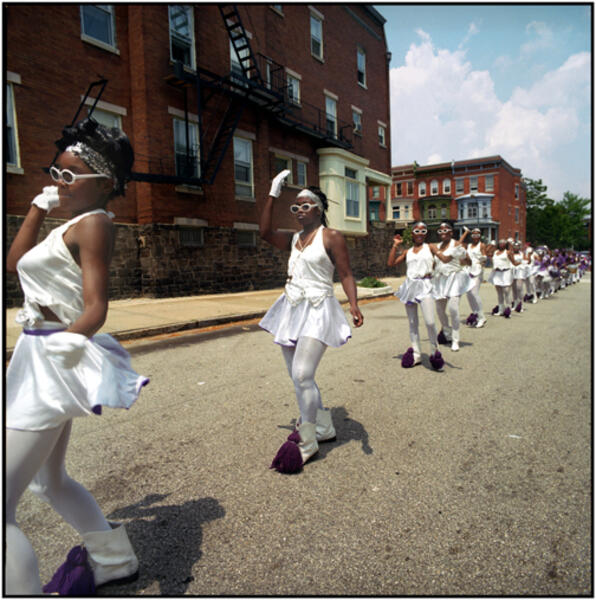 North Avenue, Image No. 115, 2000
North Avenue, Image No. 115, 2000 -
 North Avenue, Image No. 30, 1993
North Avenue, Image No. 30, 1993 -
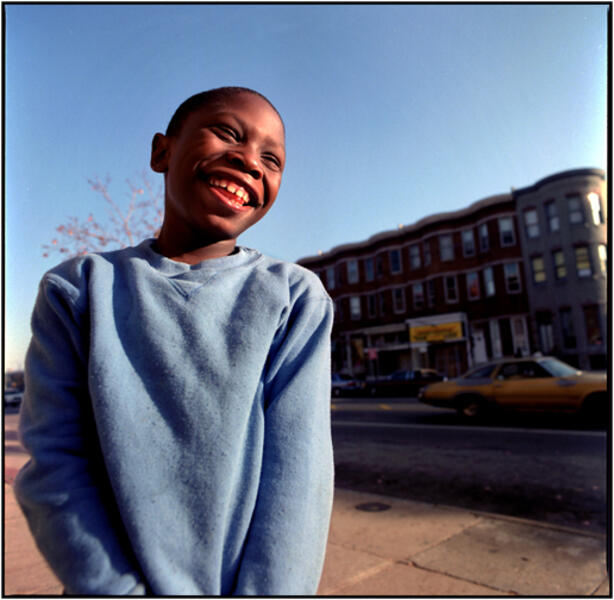 North Avenue, Image No. 1, 1991
North Avenue, Image No. 1, 1991
Nigeria
Nigeria
In May 1994, Maryland Institute College of Art awarded me a traveling fellowship and I spent two months photographing the people of Nigeria. Because I hear my African ancestors whispering to me as I work, as I live, I wanted to go to Africa to intensify these whispers. I shot more than a hundred rolls of film and 16 hours of video. I concentrated on the people. I did not focus on how Nigerians adorned themselves, their art, or other ways that make us different. I looked for and found connections. In a country where family is everything, I was treated like family. I felt the warmth of family all around me.
I decided that the project demanded that I live in the same conditions as the people I photographed. I could have stayed in a posh hotel away from the extremes of poverty and military threat but I wanted to live with the people, not the tourists. So for most of the two months I was without conveniences such as running water, electricity or telephone. These shortages were primarily due to the political turmoil that continues to devastate the country. Under this stress we developed an understanding and a relationship that otherwise might never have developed. The Nigerians allowed me to be part of their world. We ate together, laughed together, worked together, and worshiped together. I went to their weddings, festivals, churches, universities, housing projects, markets, palaces, and backyard kitchens. I have recorded the essence and substance of these events and insights. Because of the Nigerian people's trust, openness, honesty and hospitality, I could photograph as an insider. My work looks at the Africans of Nigeria as unique individuals, not as anthropological oddities, starving or warring factions.
As with the North Avenue series this was also a very earthy physical experience. Each morning I would begin walking the pavement, dirt roads, urban streets and village paths. I would talk with whomever I met along the way and photograph whoever consented. The weather was wonderful. It was never too hot or too cold. I photographed from morning till night, walking miles and miles each day.
Although my travels by foot and car did not take me out of southern Nigeria, I had close interactions with many ethnic groups. I made intimate connections with the Yoruba, Nupen, Bandawa, Hausa, Efik and Igbo people. Of Nigeria's 30 states I concentrated my time in Lagos and Osun state. In these places I got to know the people well.
Intuitively, I believe my ancestors are from this region. It is important to me that Americans see these images that link us to other people. These images counter those taken by visitors peering at the strange, alien, exotic, and mysterious. My images express the empathy and admiration of a person blessed with finding long lost family.
In May 1994, Maryland Institute College of Art awarded me a traveling fellowship and I spent two months photographing the people of Nigeria. Because I hear my African ancestors whispering to me as I work, as I live, I wanted to go to Africa to intensify these whispers. I shot more than a hundred rolls of film and 16 hours of video. I concentrated on the people. I did not focus on how Nigerians adorned themselves, their art, or other ways that make us different. I looked for and found connections. In a country where family is everything, I was treated like family. I felt the warmth of family all around me.
I decided that the project demanded that I live in the same conditions as the people I photographed. I could have stayed in a posh hotel away from the extremes of poverty and military threat but I wanted to live with the people, not the tourists. So for most of the two months I was without conveniences such as running water, electricity or telephone. These shortages were primarily due to the political turmoil that continues to devastate the country. Under this stress we developed an understanding and a relationship that otherwise might never have developed. The Nigerians allowed me to be part of their world. We ate together, laughed together, worked together, and worshiped together. I went to their weddings, festivals, churches, universities, housing projects, markets, palaces, and backyard kitchens. I have recorded the essence and substance of these events and insights. Because of the Nigerian people's trust, openness, honesty and hospitality, I could photograph as an insider. My work looks at the Africans of Nigeria as unique individuals, not as anthropological oddities, starving or warring factions.
As with the North Avenue series this was also a very earthy physical experience. Each morning I would begin walking the pavement, dirt roads, urban streets and village paths. I would talk with whomever I met along the way and photograph whoever consented. The weather was wonderful. It was never too hot or too cold. I photographed from morning till night, walking miles and miles each day.
Although my travels by foot and car did not take me out of southern Nigeria, I had close interactions with many ethnic groups. I made intimate connections with the Yoruba, Nupen, Bandawa, Hausa, Efik and Igbo people. Of Nigeria's 30 states I concentrated my time in Lagos and Osun state. In these places I got to know the people well.
Intuitively, I believe my ancestors are from this region. It is important to me that Americans see these images that link us to other people. These images counter those taken by visitors peering at the strange, alien, exotic, and mysterious. My images express the empathy and admiration of a person blessed with finding long lost family.
-
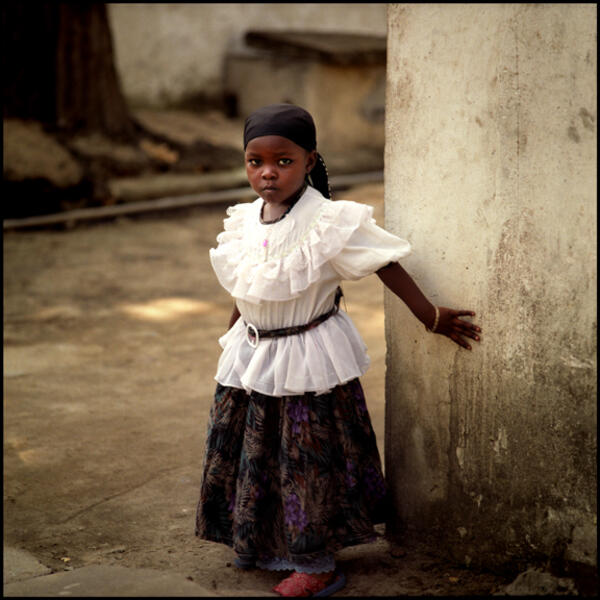 iesha041
iesha041 -
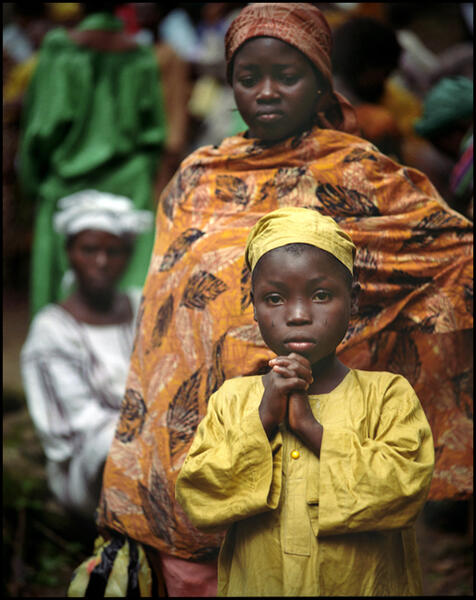 Nigeria, Image No. 11, The River Goddess Festival
Nigeria, Image No. 11, The River Goddess Festival -
 Nigeria, Image No. 44, The Beach
Nigeria, Image No. 44, The Beach -
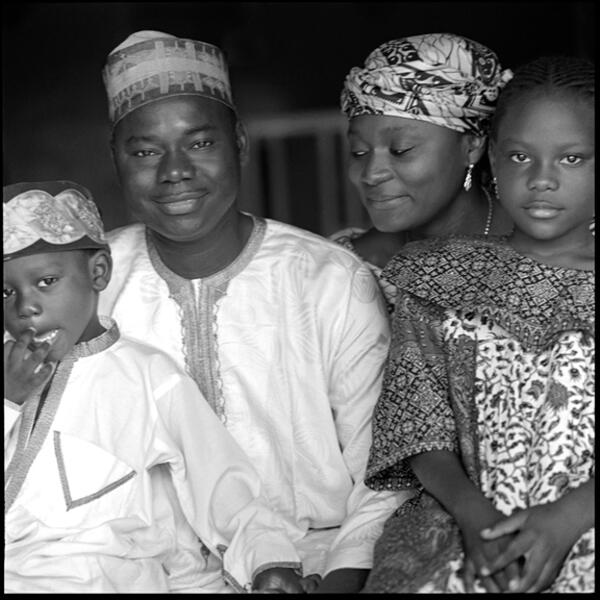 Nigeria, Image No.10, The Shetima Family
Nigeria, Image No.10, The Shetima Family -
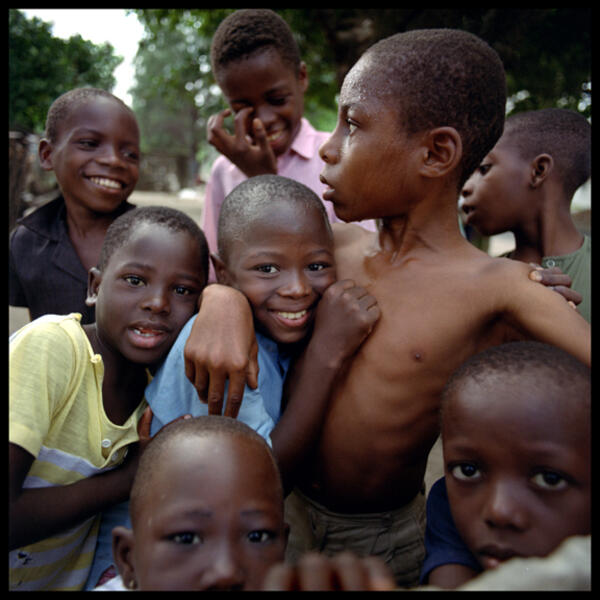 Nigeria, Image No. 32, After the Soccer Game
Nigeria, Image No. 32, After the Soccer Game -
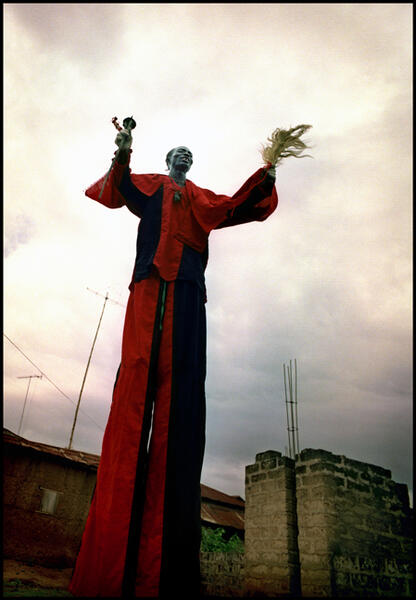 Nigeria, Image No. 47, Fasheyi Praying
Nigeria, Image No. 47, Fasheyi Praying -
 Nigeria, Image No. 42, At the Wedding
Nigeria, Image No. 42, At the Wedding -
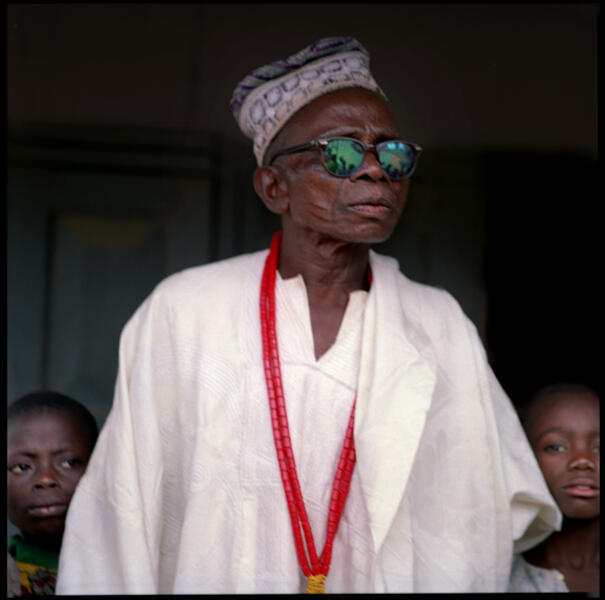 Nigeria, Image No. 45, The Doctor
Nigeria, Image No. 45, The Doctor -
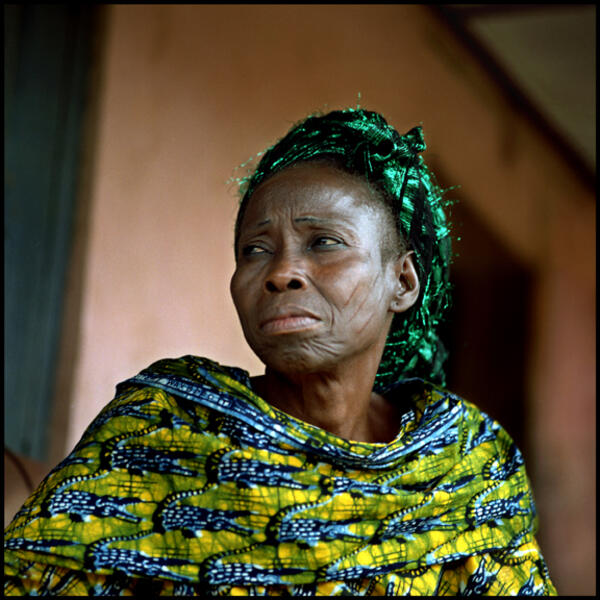 Nigeria, Image No. 36, Mama
Nigeria, Image No. 36, Mama -
 Nigeria, Image No 19, Beautiful Girl
Nigeria, Image No 19, Beautiful Girl
Plantation Diary
Plantation Diary
I walked the path of slaves on two of Maryland's Plantations, Sotterley Plantation in St. Mary's County and Hampton Plantation in Baltimore County.
With each step, I heard the voices of enslaved people - African Ancestors.
From the corner of my eye, I glimpsed slaves as they walked with me. John, a Maryland born slave, was most persistent.
The enslaved woman, her name a mystery, looks like my mother and my grandmother. I've seen John's and her likeness at every family reunion. At Sotterley I felt her working the cash crop, which still hangs there - tobacco.
The experience has changed my life
I'm not sure why I kept looking to the trees - except that they too, seemed to remember the atrocity and the resilience.
Before I began this journey, I spent countless hours researching slavery in Maryland. For this visual testament, I borrowed and made composites from historic images of slaves. I was particularly drawn to Sotterley Plantation because of its, still standing, original 1830's slave cabin. The small white structure was built by slaves and is said to have housed two dozen enslaved people at once. It had a powerful influence on me. After my moving experience on the plantations, I tried to create images that were true to my moment there.
I was commissioned to do this project for the 2007 exhibition "At Freedom's Door, Challenging Slavery in Maryland" at the Reginald F. Lewis Museum.
I walked the path of slaves on two of Maryland's Plantations, Sotterley Plantation in St. Mary's County and Hampton Plantation in Baltimore County.
With each step, I heard the voices of enslaved people - African Ancestors.
From the corner of my eye, I glimpsed slaves as they walked with me. John, a Maryland born slave, was most persistent.
The enslaved woman, her name a mystery, looks like my mother and my grandmother. I've seen John's and her likeness at every family reunion. At Sotterley I felt her working the cash crop, which still hangs there - tobacco.
The experience has changed my life
I'm not sure why I kept looking to the trees - except that they too, seemed to remember the atrocity and the resilience.
Before I began this journey, I spent countless hours researching slavery in Maryland. For this visual testament, I borrowed and made composites from historic images of slaves. I was particularly drawn to Sotterley Plantation because of its, still standing, original 1830's slave cabin. The small white structure was built by slaves and is said to have housed two dozen enslaved people at once. It had a powerful influence on me. After my moving experience on the plantations, I tried to create images that were true to my moment there.
I was commissioned to do this project for the 2007 exhibition "At Freedom's Door, Challenging Slavery in Maryland" at the Reginald F. Lewis Museum.
-
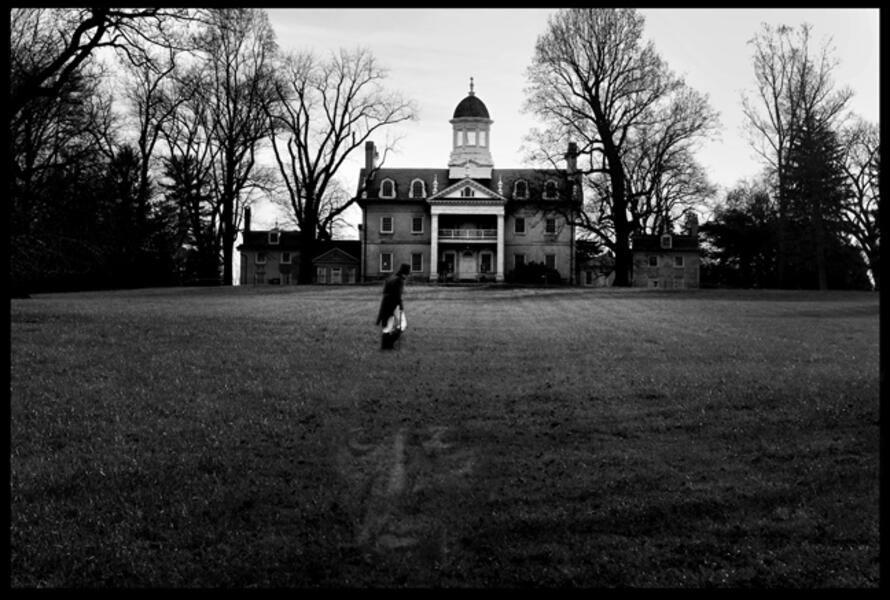 Plantation Dairy, Hampton PlantationThe Hampton Mansion, tour guide, and John.
Plantation Dairy, Hampton PlantationThe Hampton Mansion, tour guide, and John. -
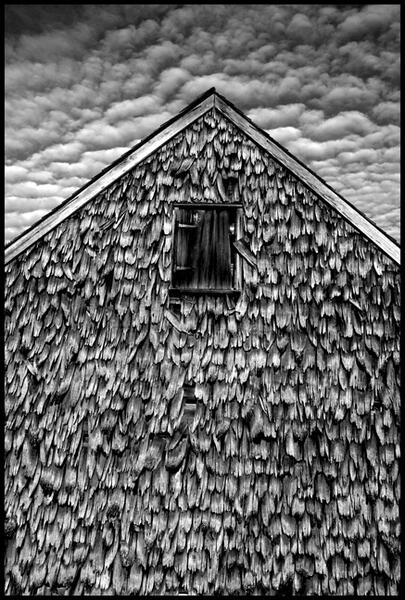 Plantation Diary, Sotterley Plantation, corn cribA beautifully dilapidated barn, called a corn crib, where slaves would have worked the corn crop - shot on a day with a gorgeous sky.
Plantation Diary, Sotterley Plantation, corn cribA beautifully dilapidated barn, called a corn crib, where slaves would have worked the corn crop - shot on a day with a gorgeous sky. -
 Plantation Diary, Sotterley PlantationTwilight Sotterley lanscape.
Plantation Diary, Sotterley PlantationTwilight Sotterley lanscape. -
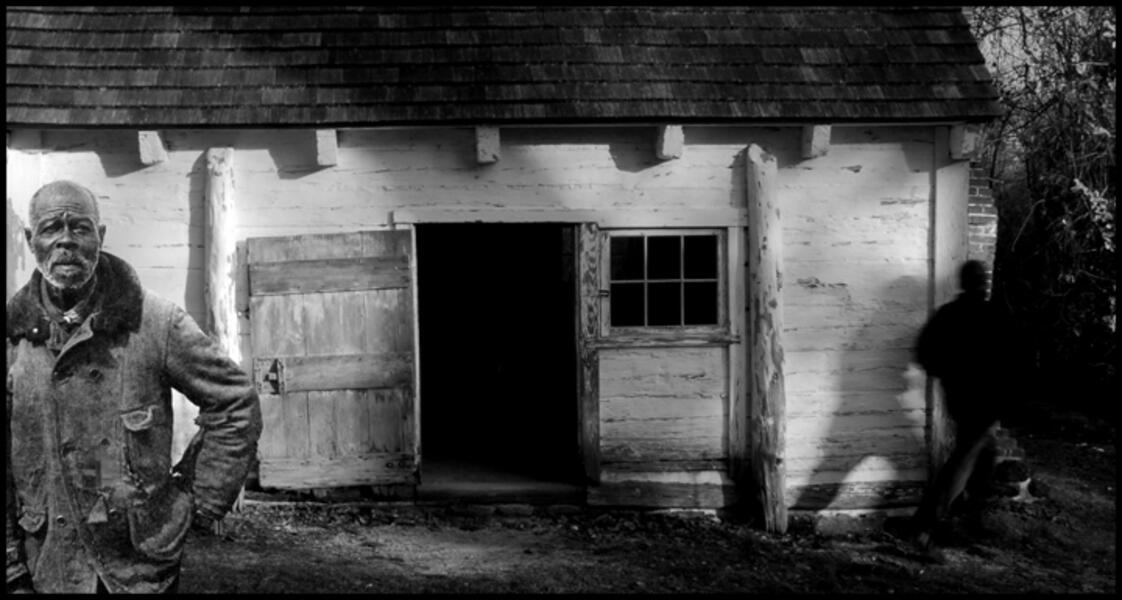 Plantation Diary, Sotterley PlantationSotterley's Slave Cabin, John.
Plantation Diary, Sotterley PlantationSotterley's Slave Cabin, John. -
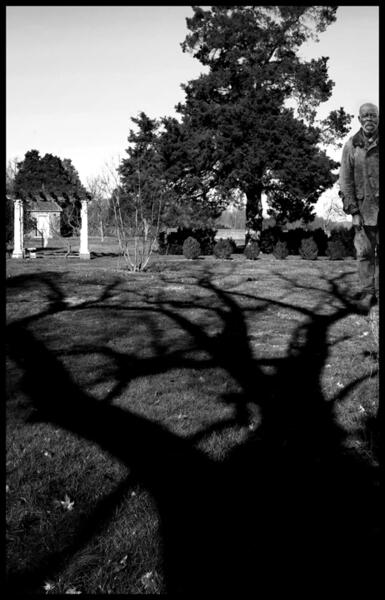 Plantation Diary, Hampton PlantationRear of Hampton Mansion and John.
Plantation Diary, Hampton PlantationRear of Hampton Mansion and John. -
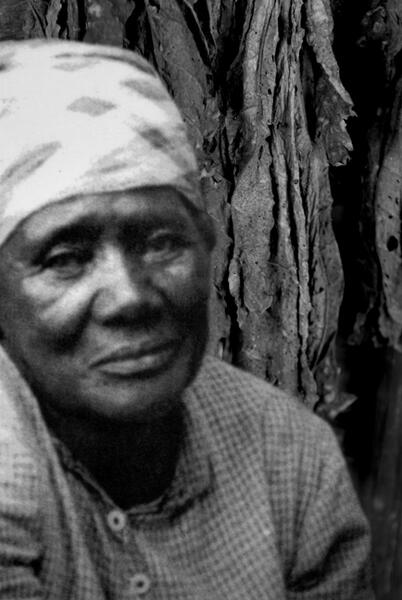 Plantation Diary, Sotterley PlantationShot Sotterley's tobacco and slave woman.
Plantation Diary, Sotterley PlantationShot Sotterley's tobacco and slave woman. -
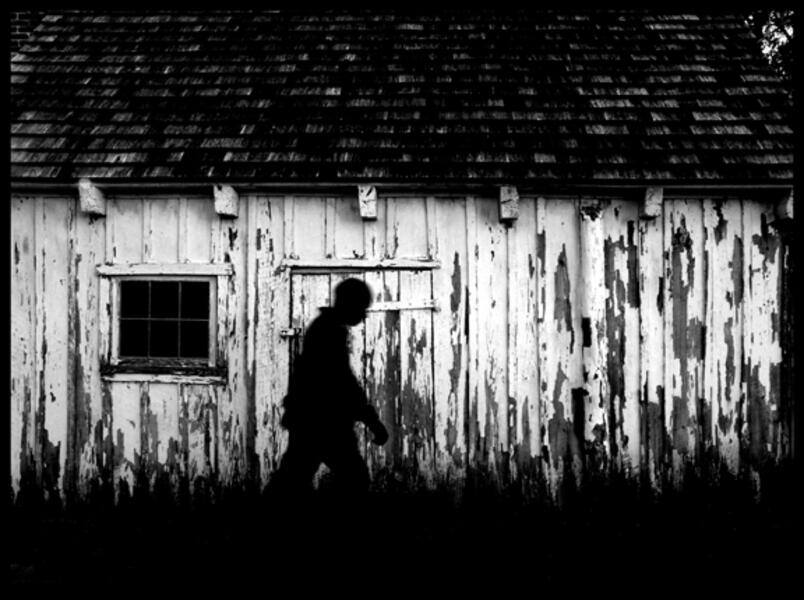 Plantation Diary, Sotterley PlantationRear of Sotterley's Slave Cabin.
Plantation Diary, Sotterley PlantationRear of Sotterley's Slave Cabin. -
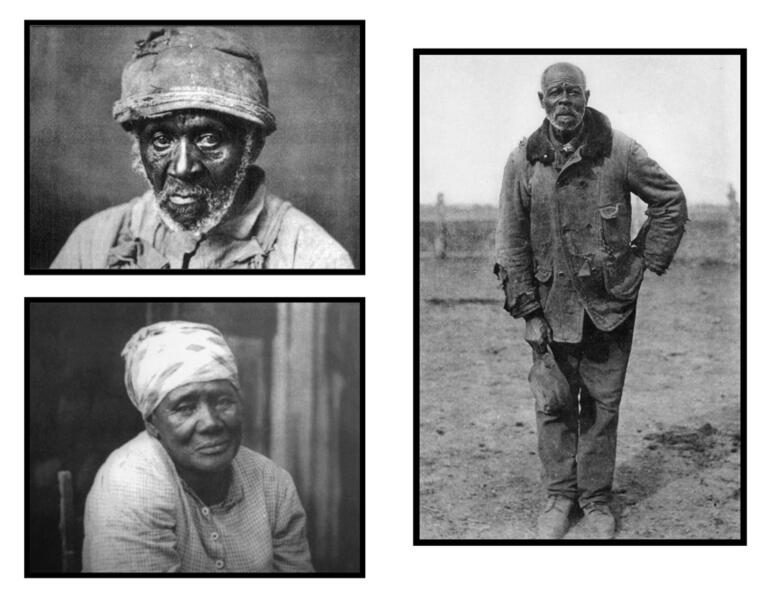 borrowed images for compositesUpper left: Matt, former slave, â??I Was a Slave, Book 2: The Lives of Slave Menâ? by Donna Wyant Howell. Lower left: Formerly enslaved woman, name unknown, I Was a Slave, Book 3: The Lives of Slave Womenâ? by Donna Wyant Howell. Right: John, Maryland born slave, â??In Motion, The African-American Migration Experienceâ? by H. Dodson and S. Diouf.
borrowed images for compositesUpper left: Matt, former slave, â??I Was a Slave, Book 2: The Lives of Slave Menâ? by Donna Wyant Howell. Lower left: Formerly enslaved woman, name unknown, I Was a Slave, Book 3: The Lives of Slave Womenâ? by Donna Wyant Howell. Right: John, Maryland born slave, â??In Motion, The African-American Migration Experienceâ? by H. Dodson and S. Diouf.
